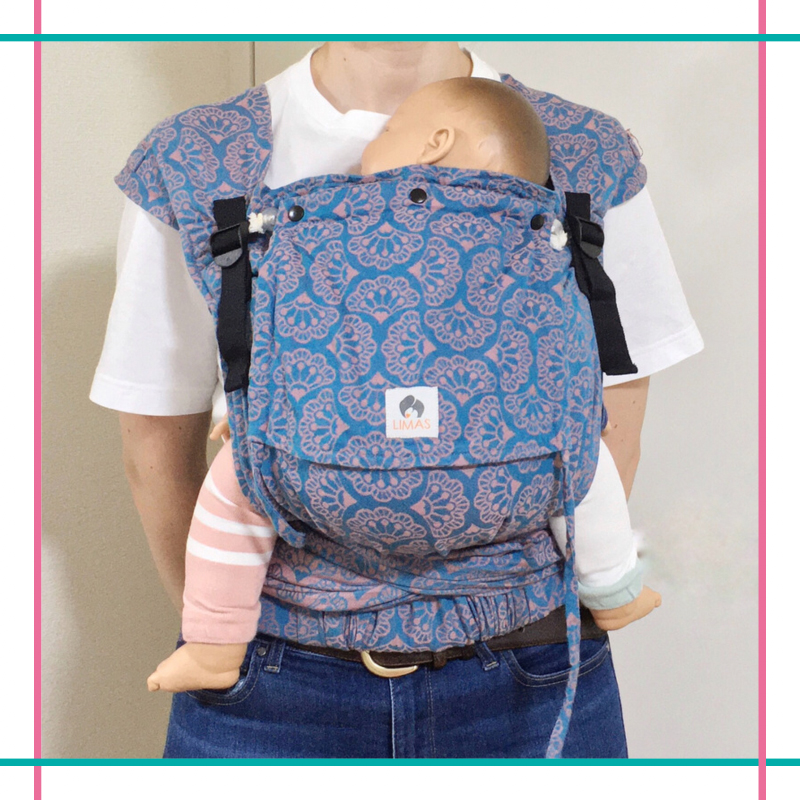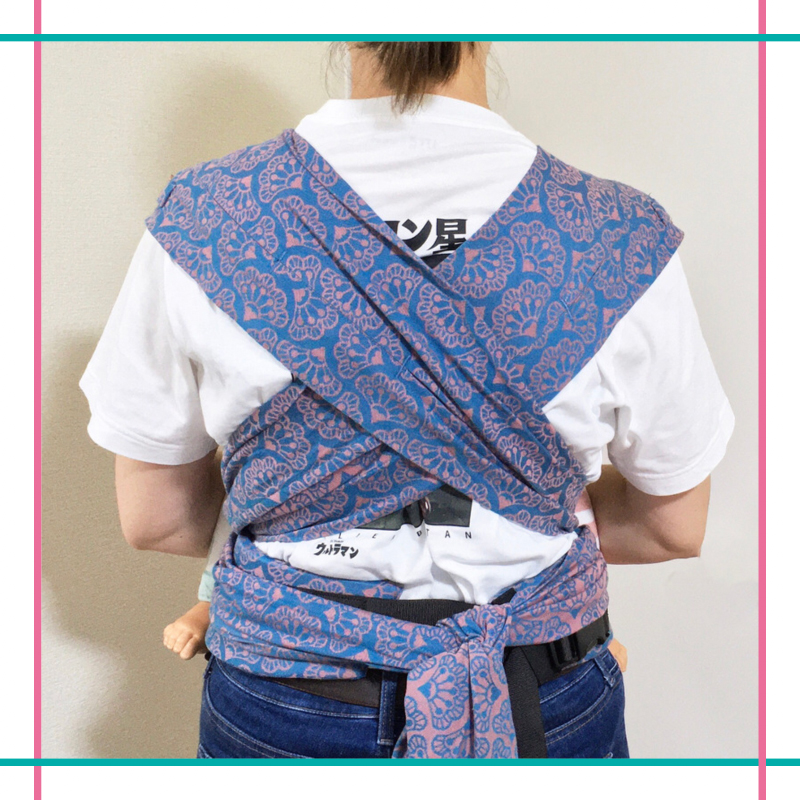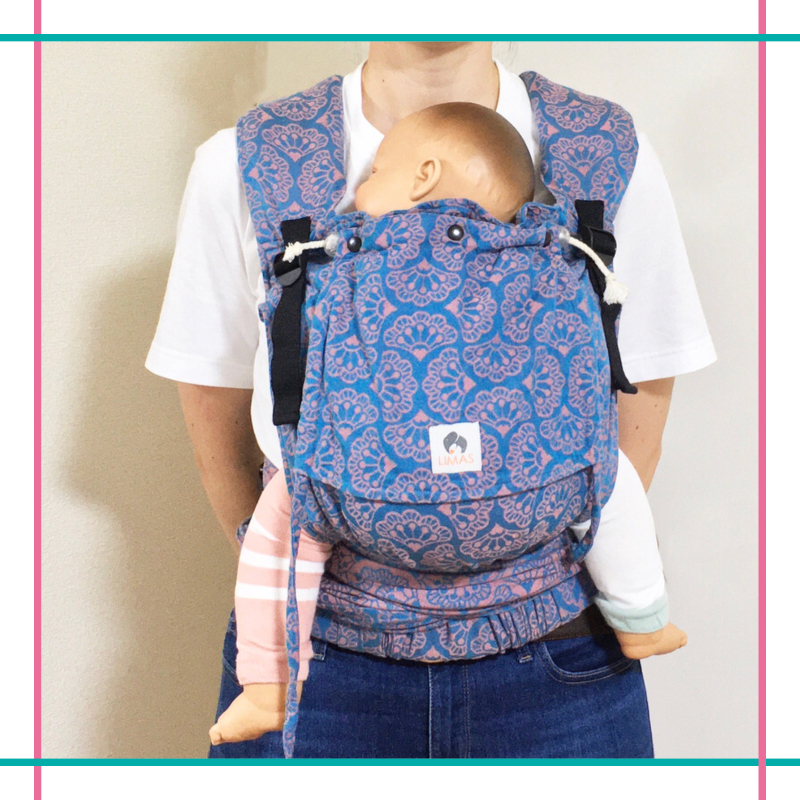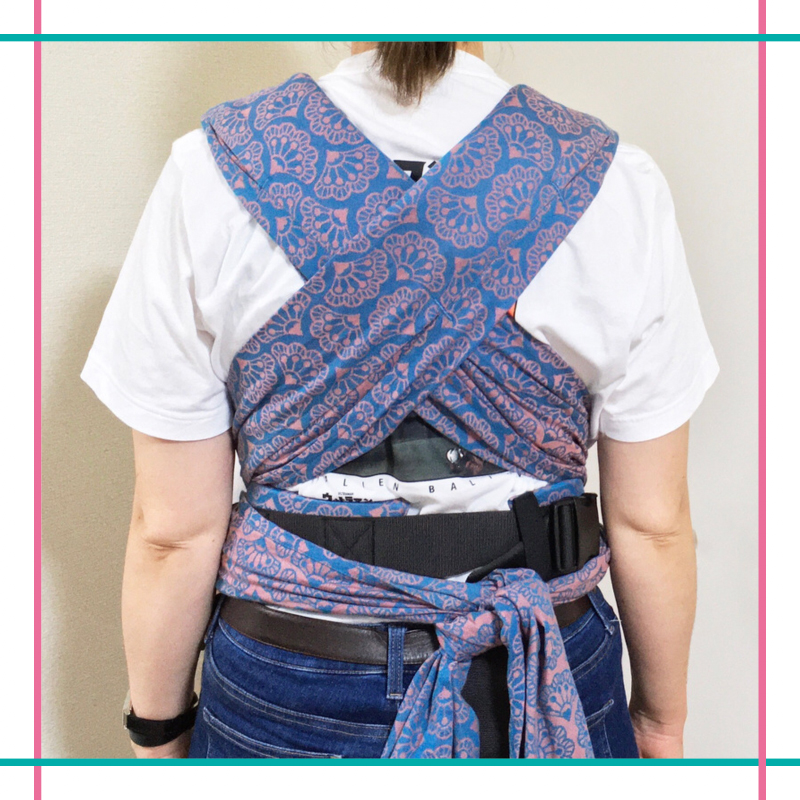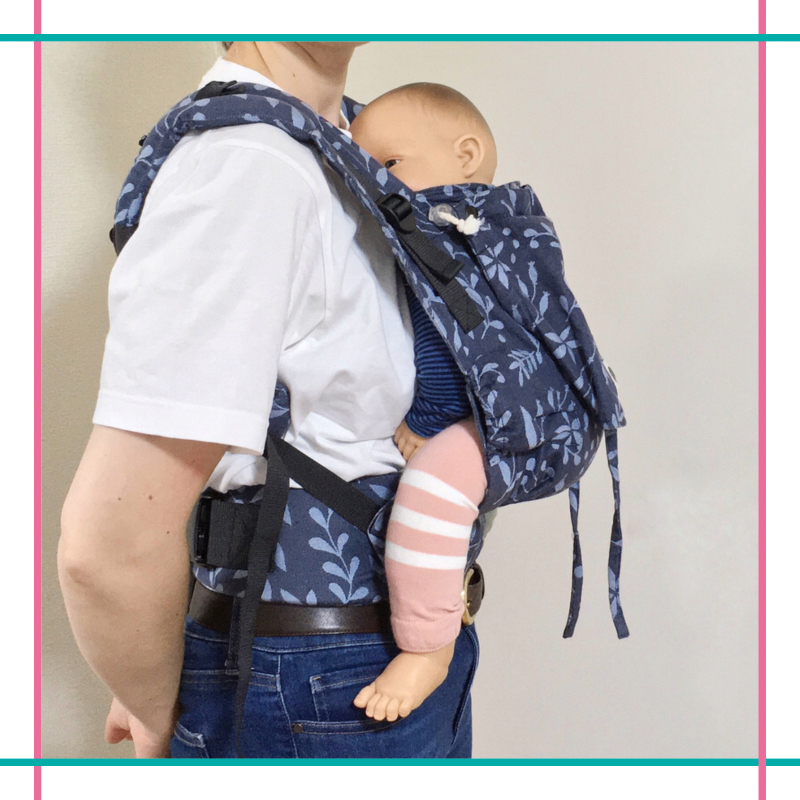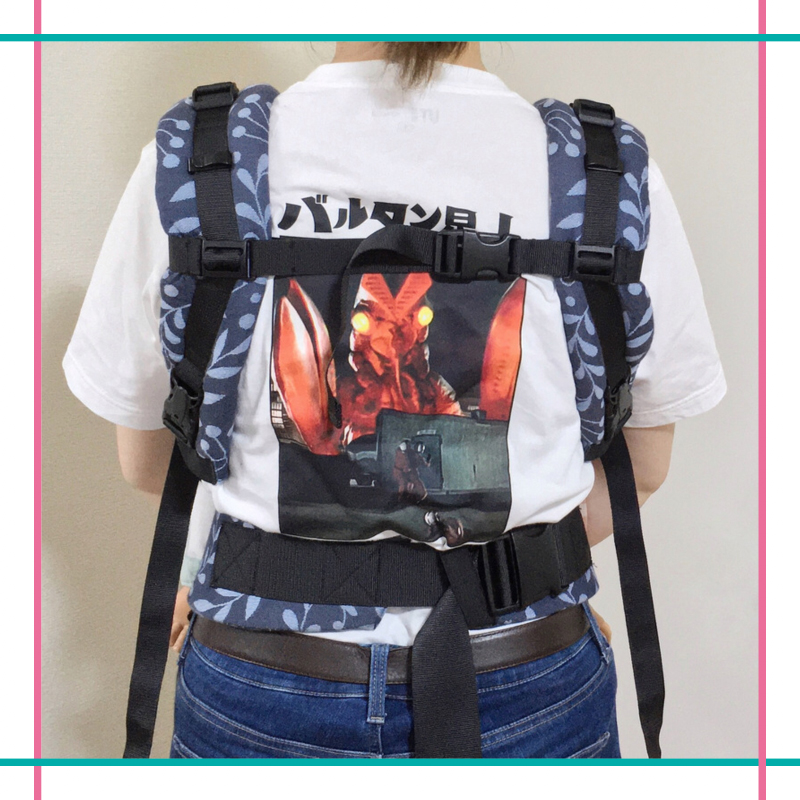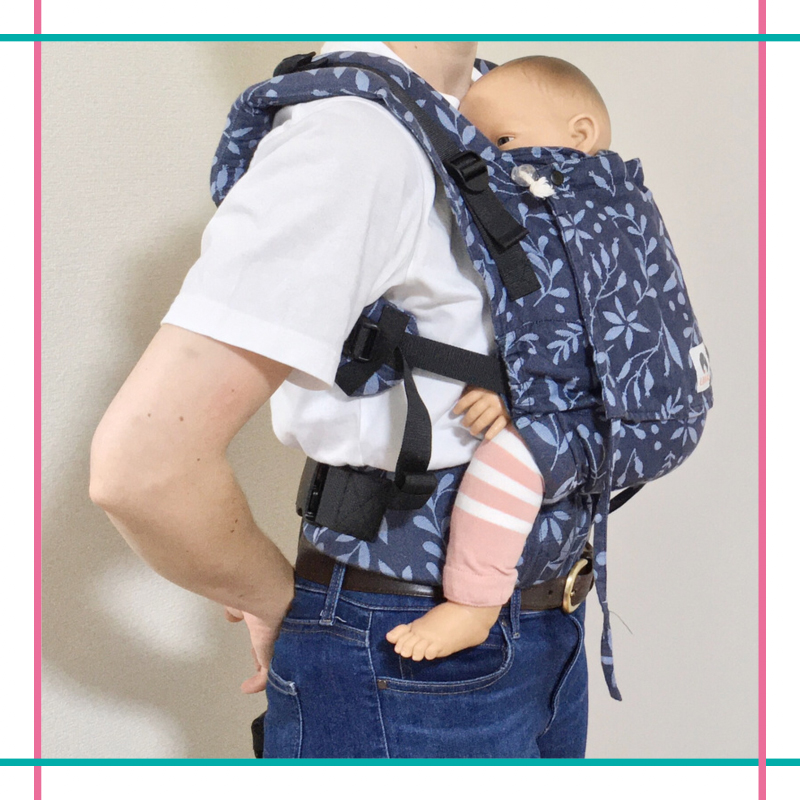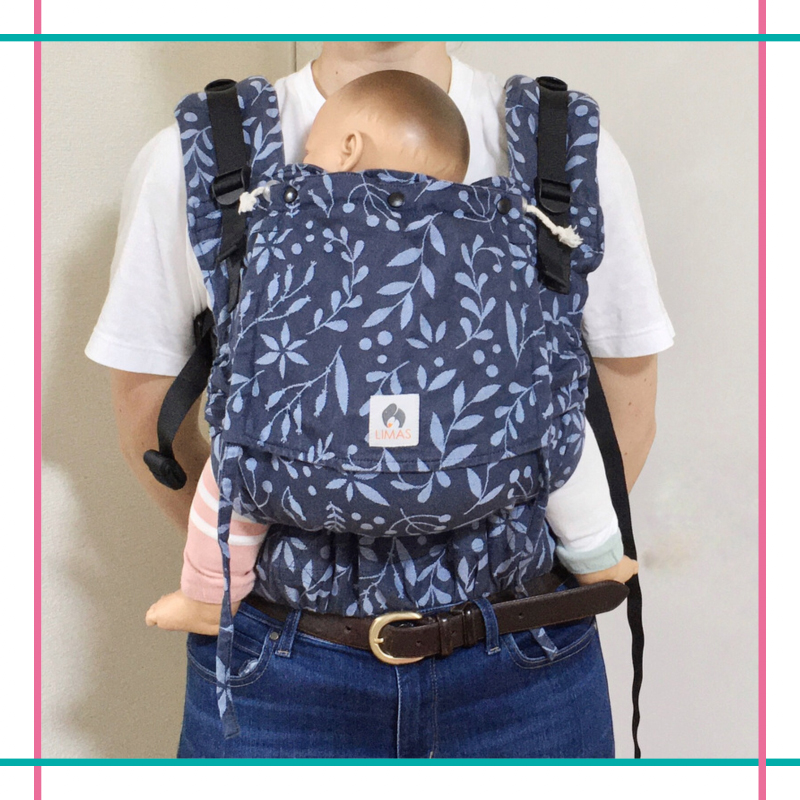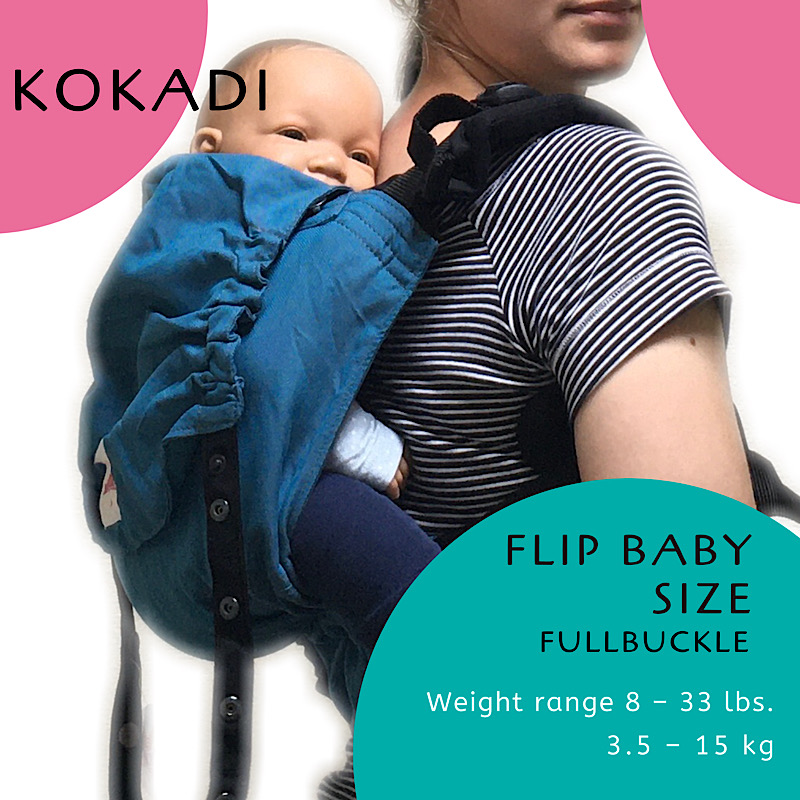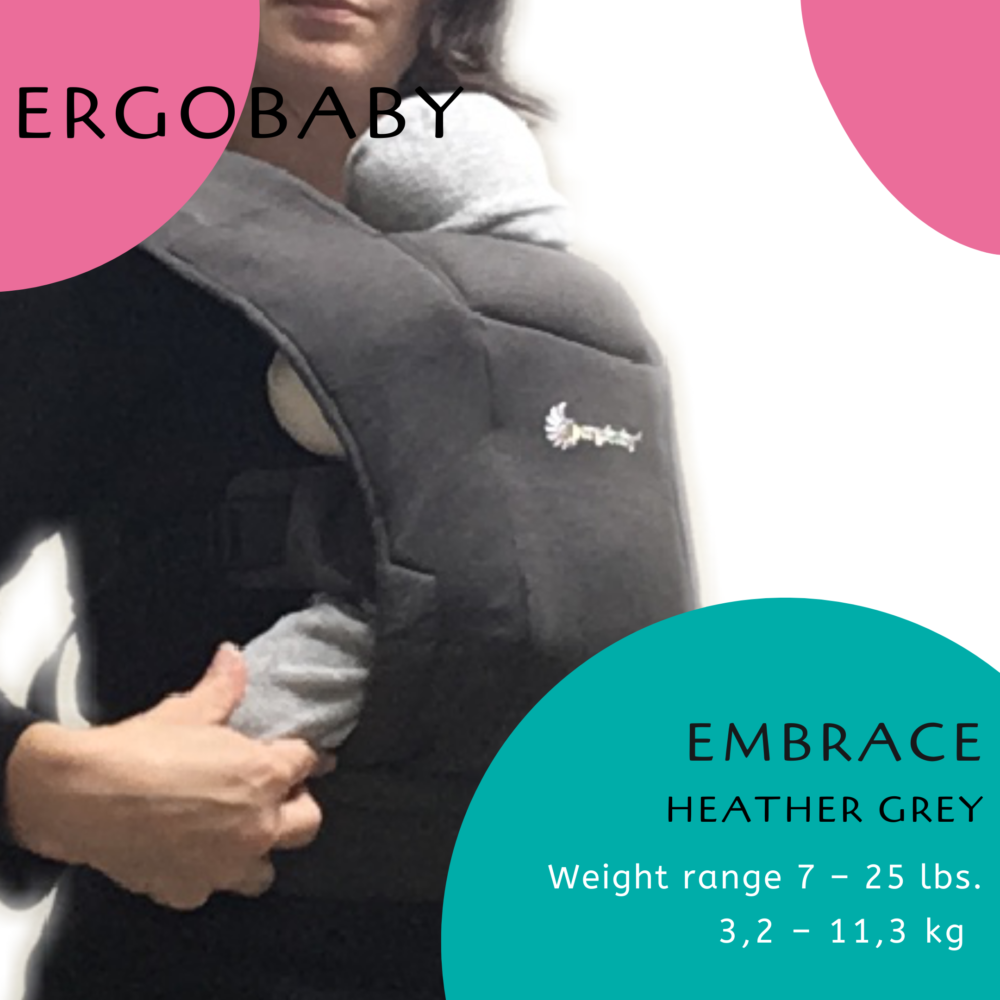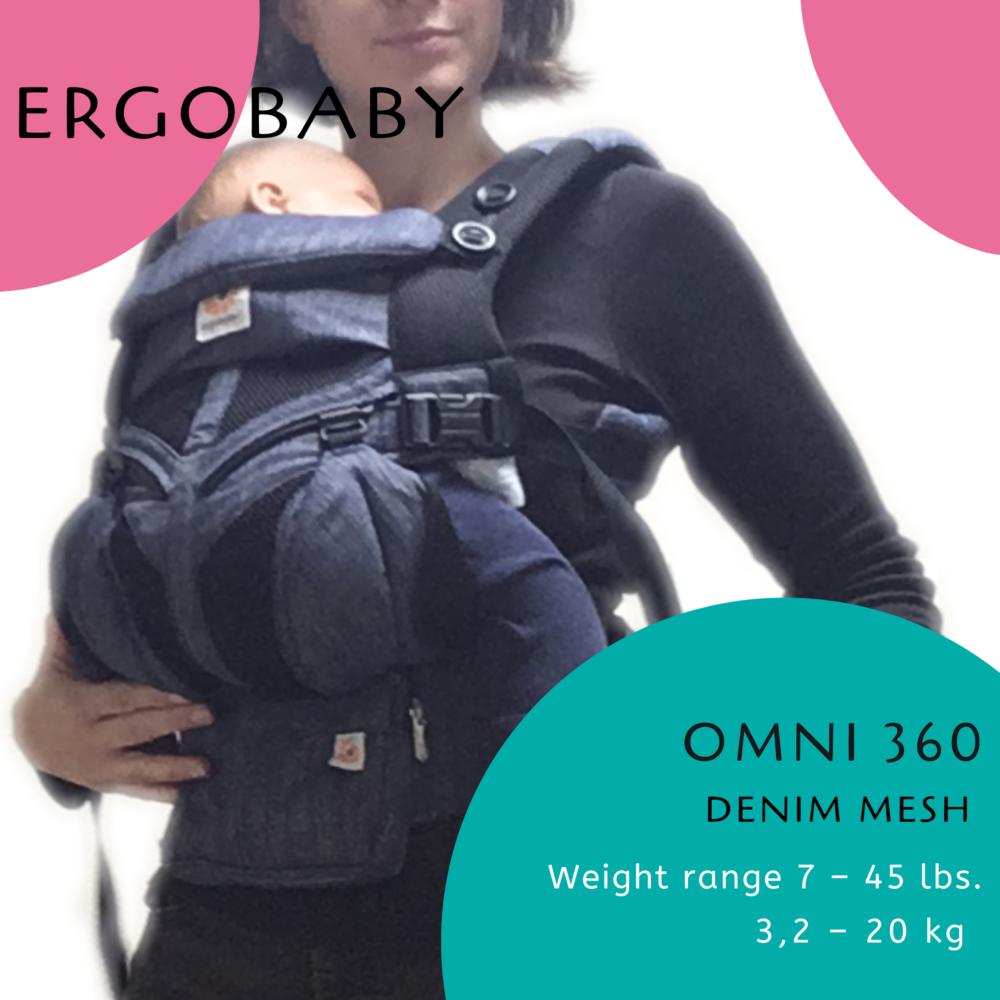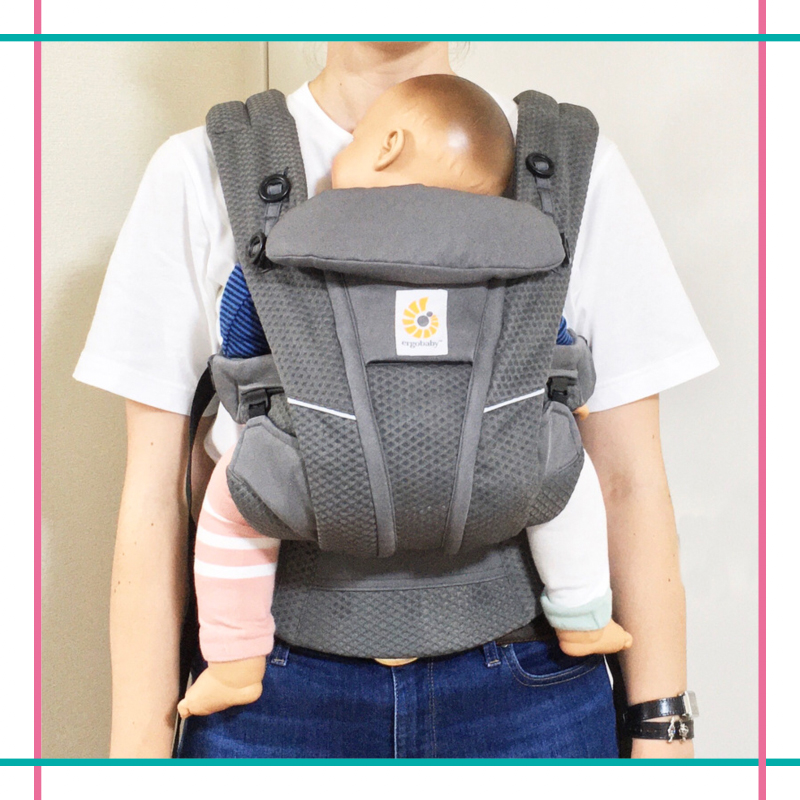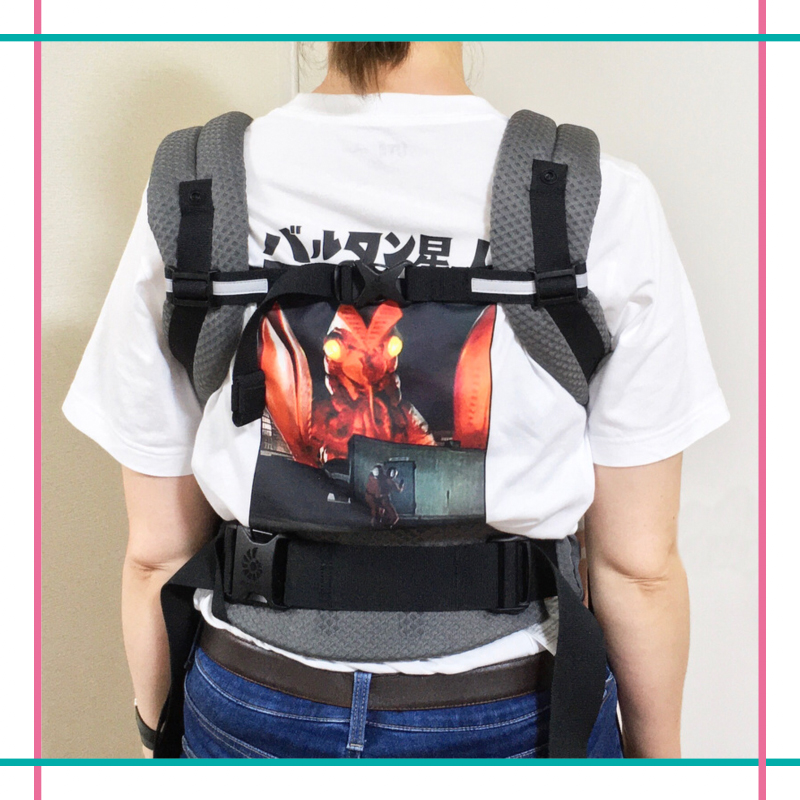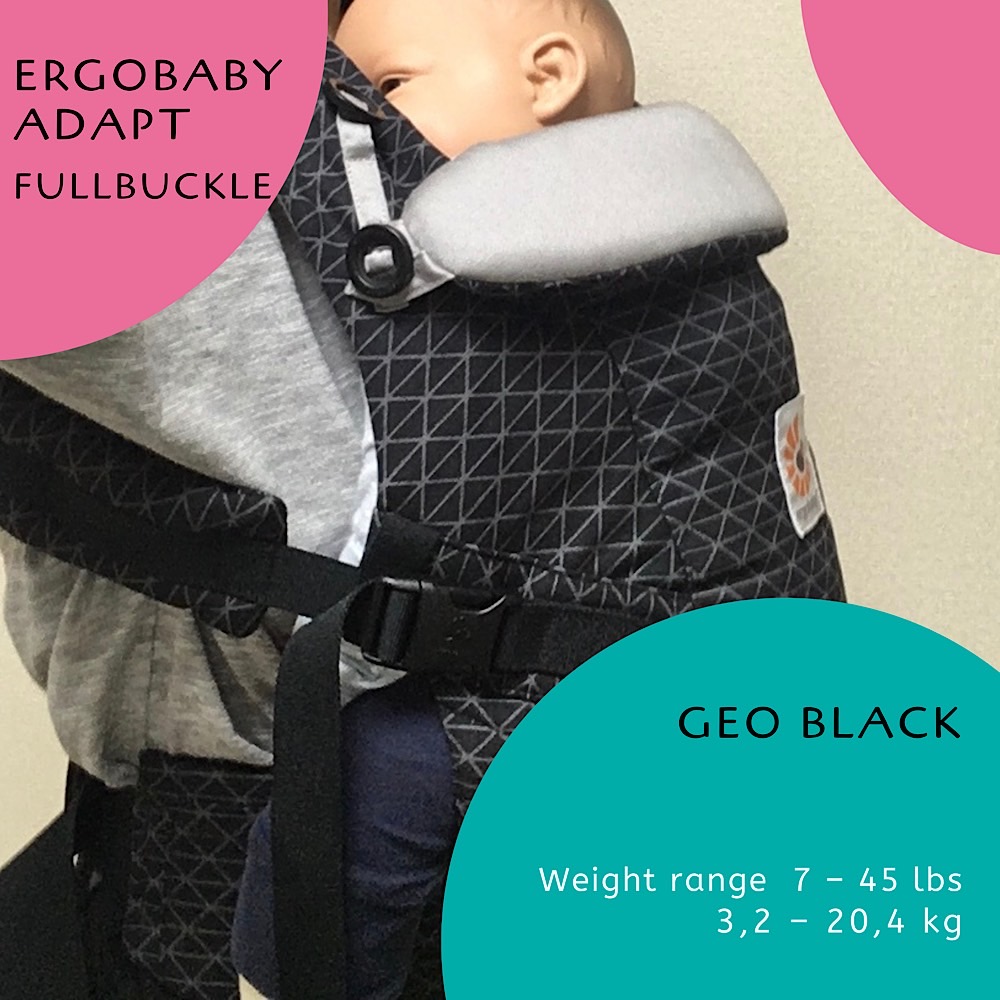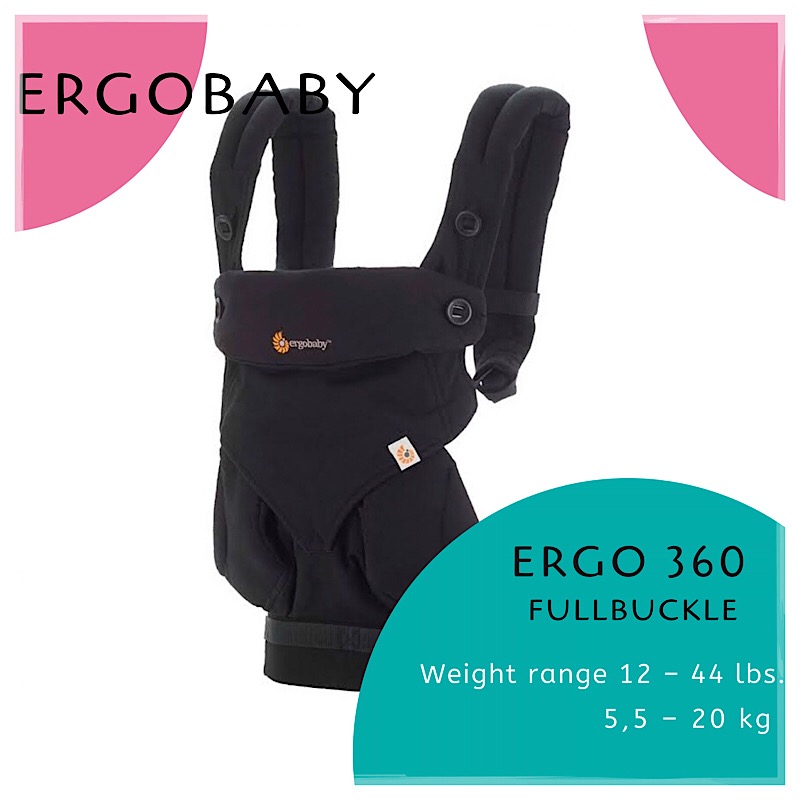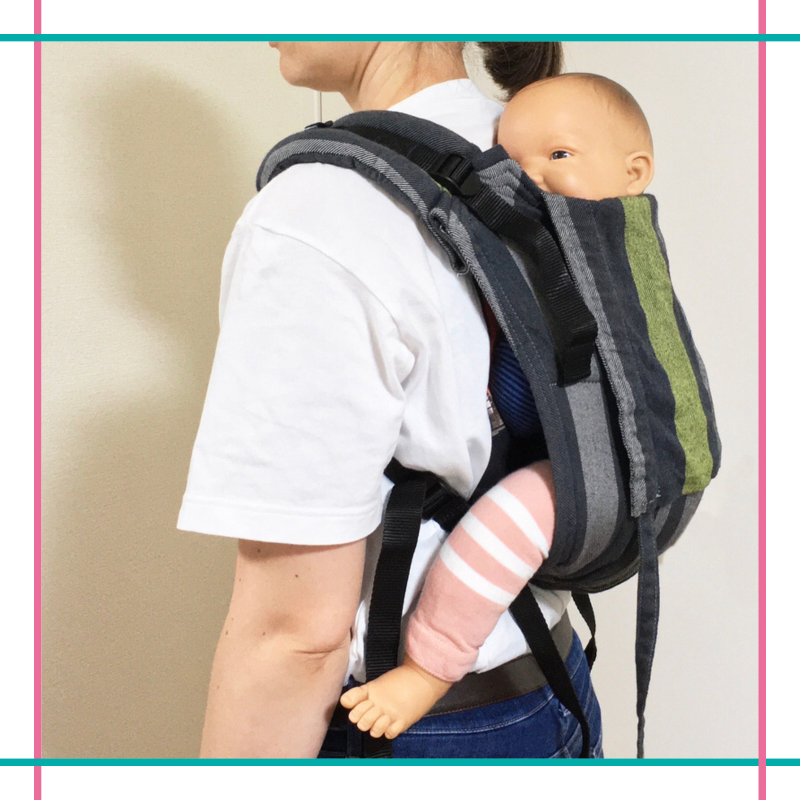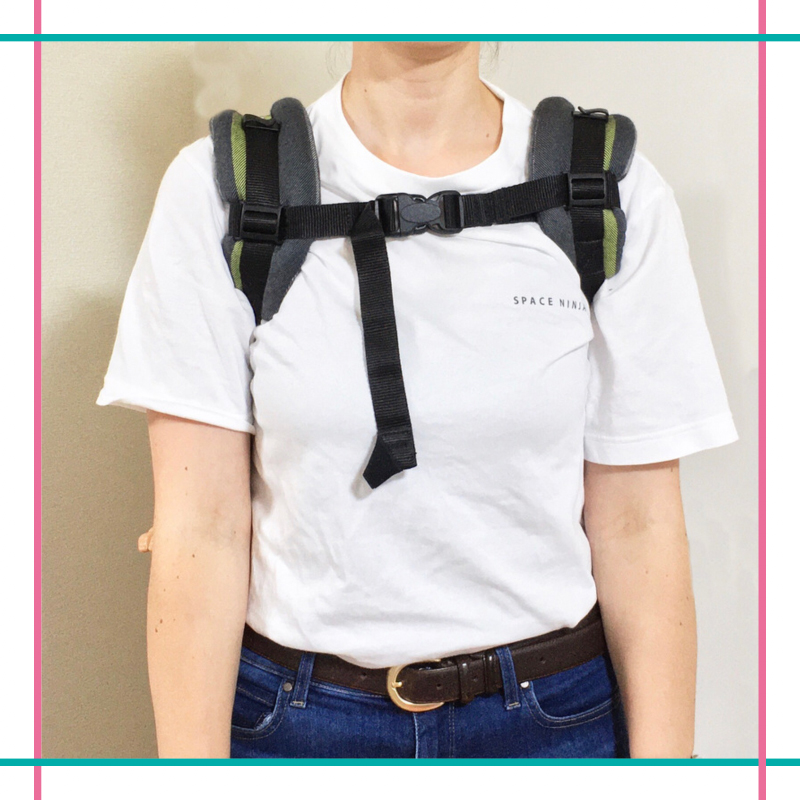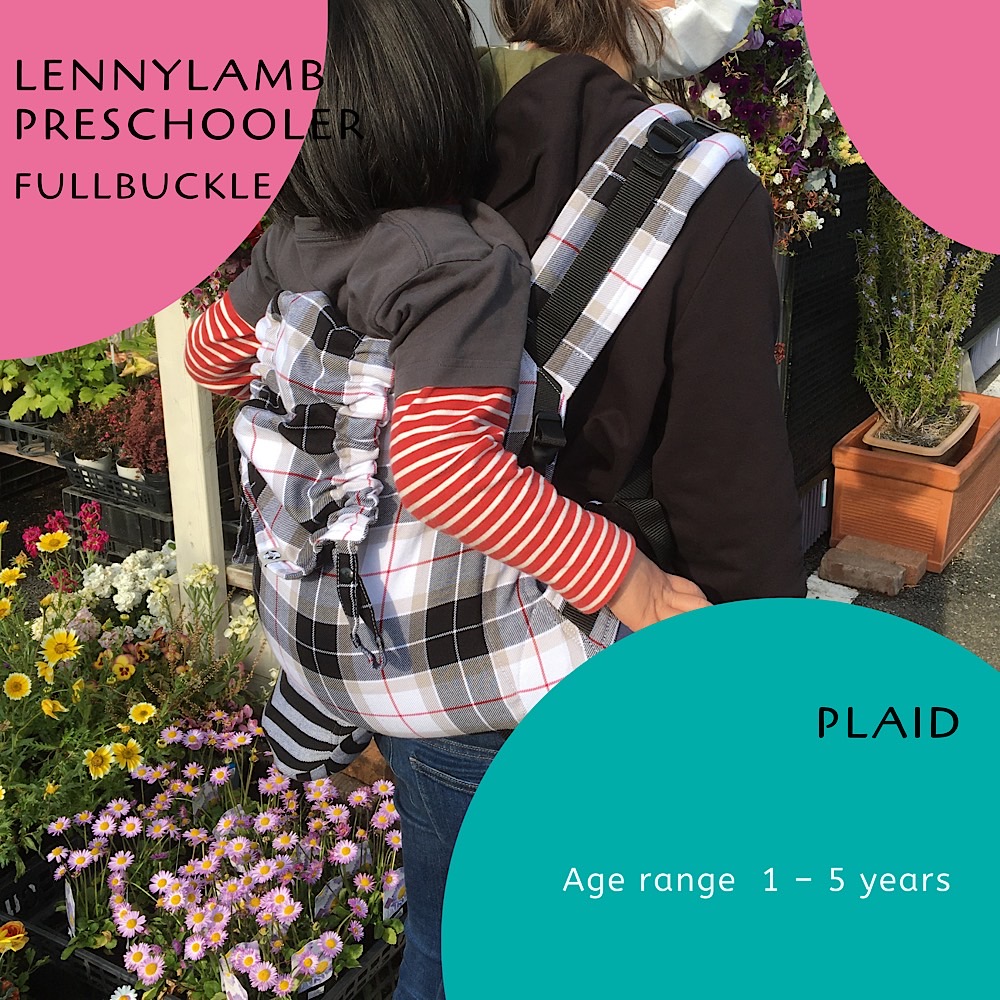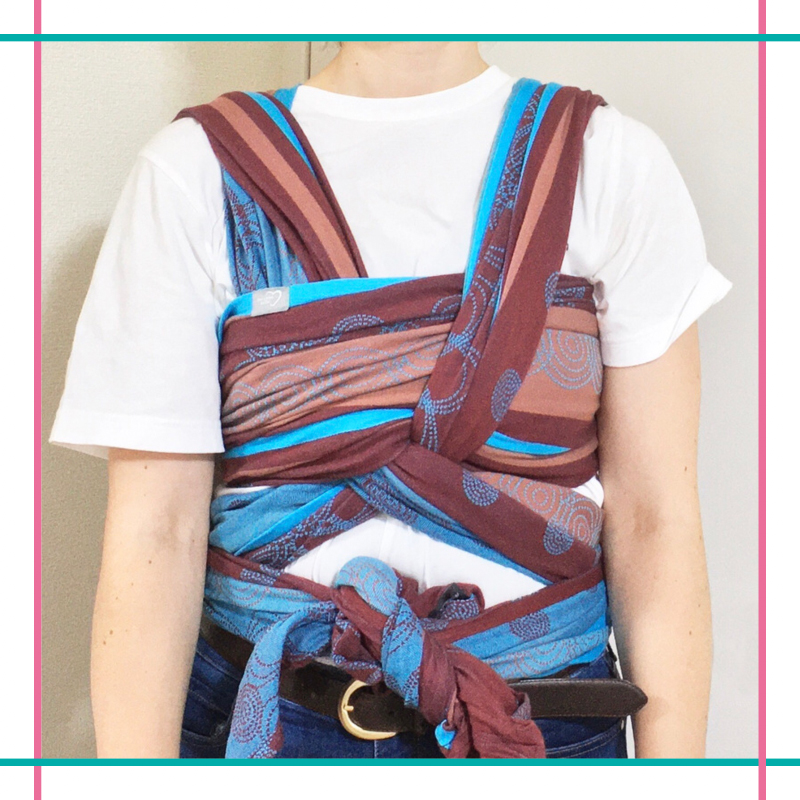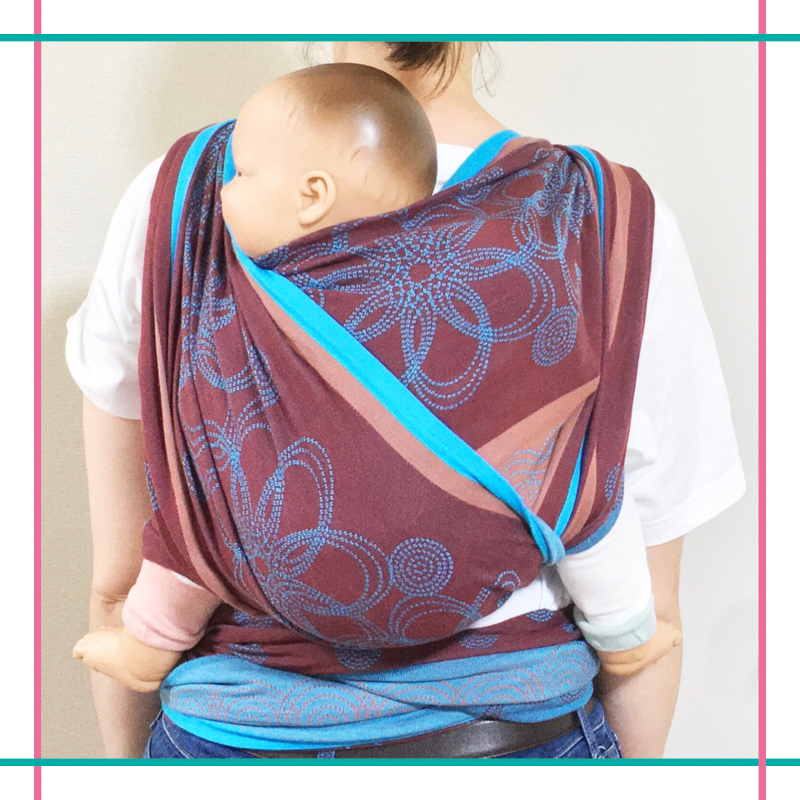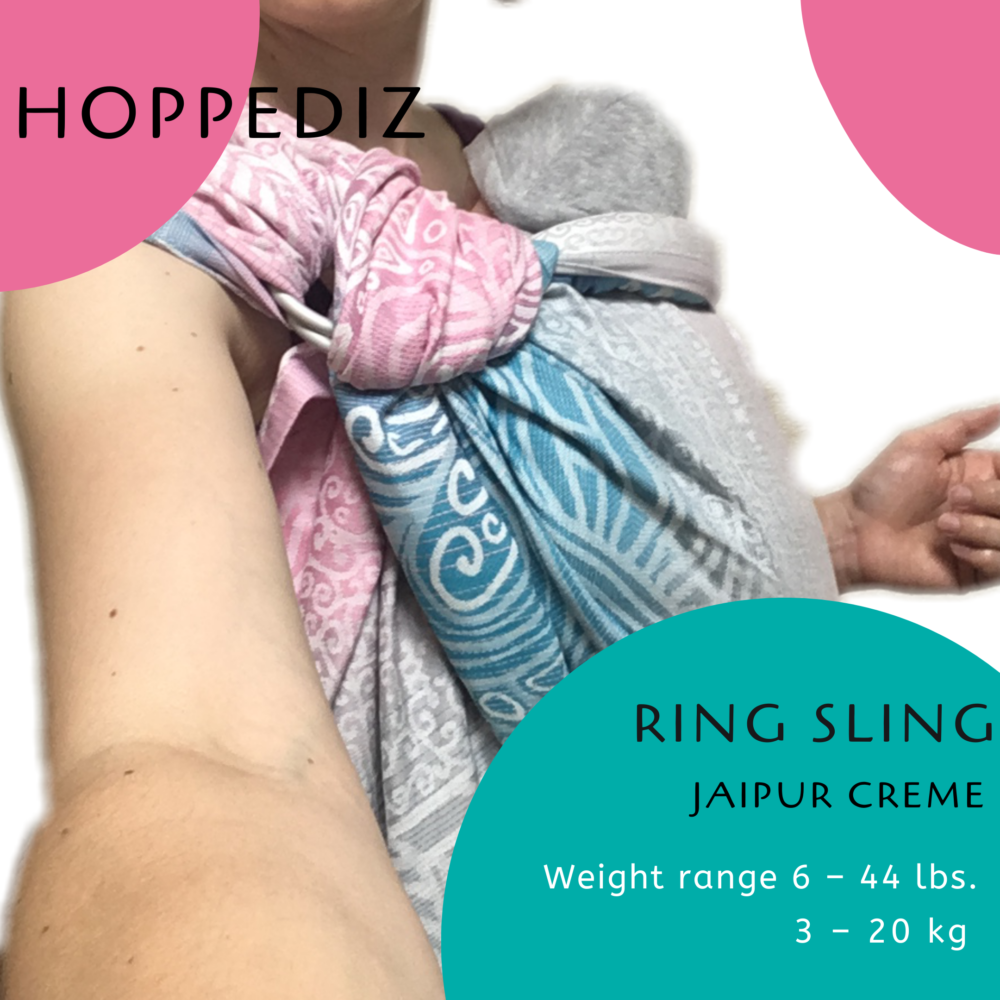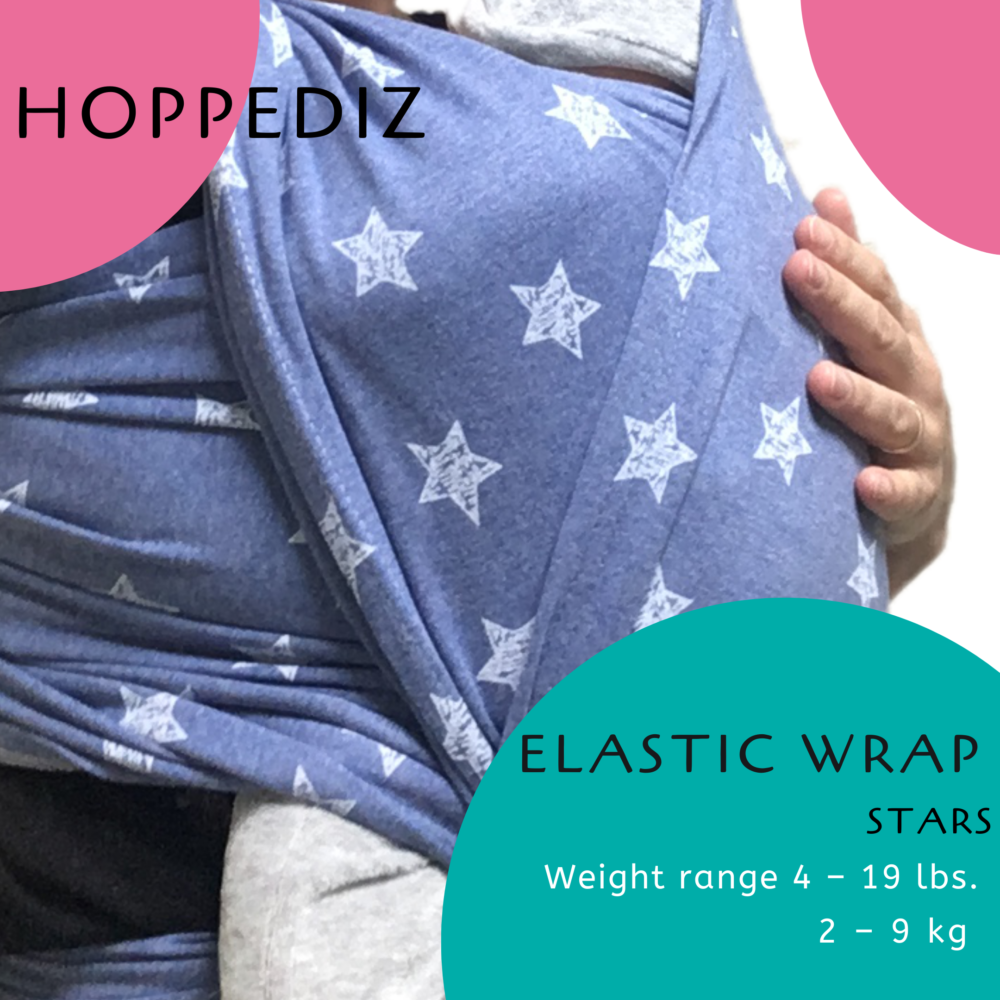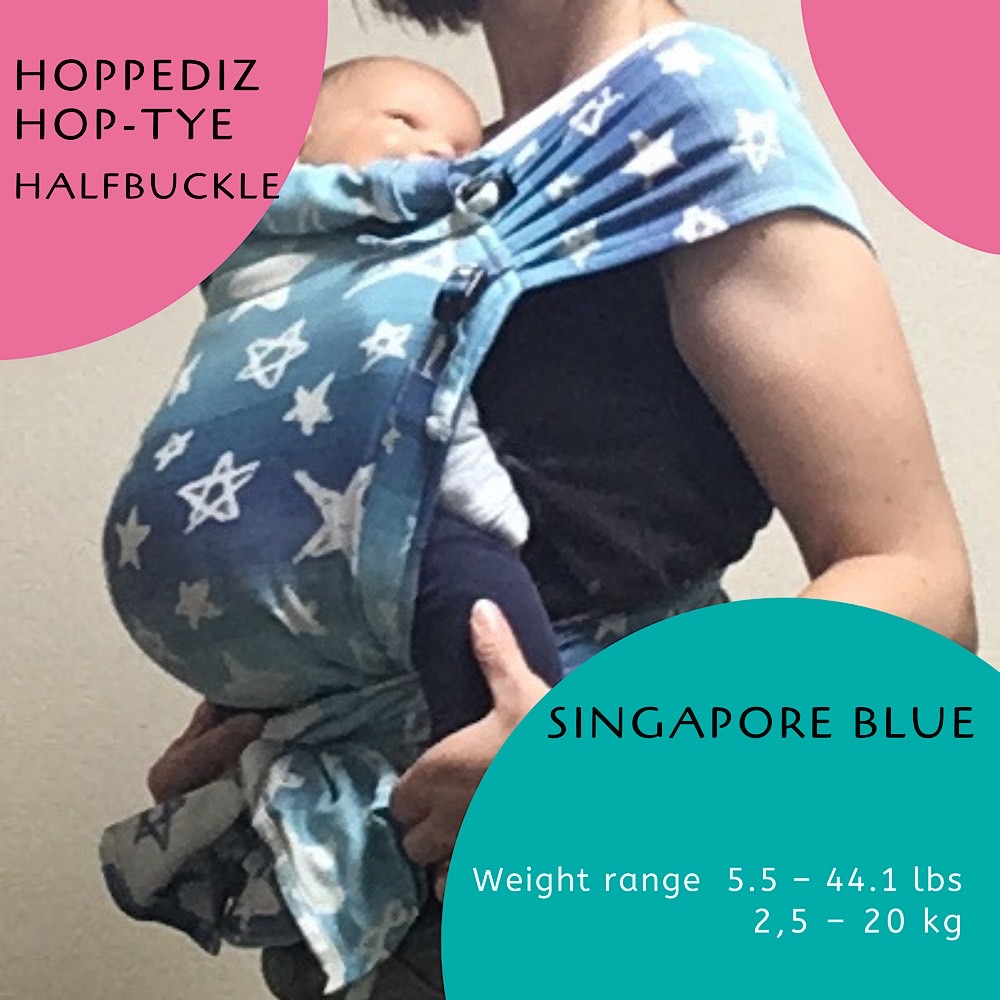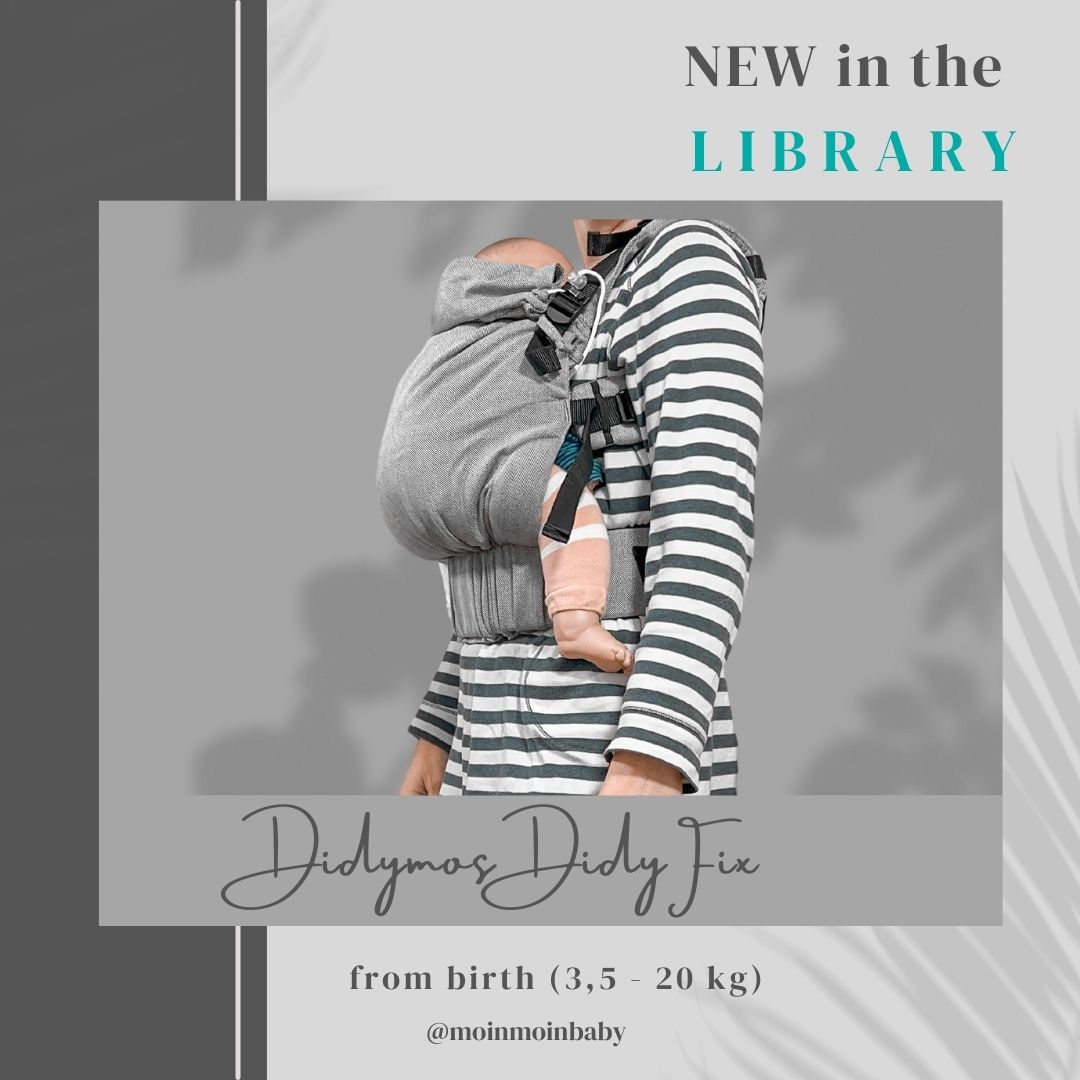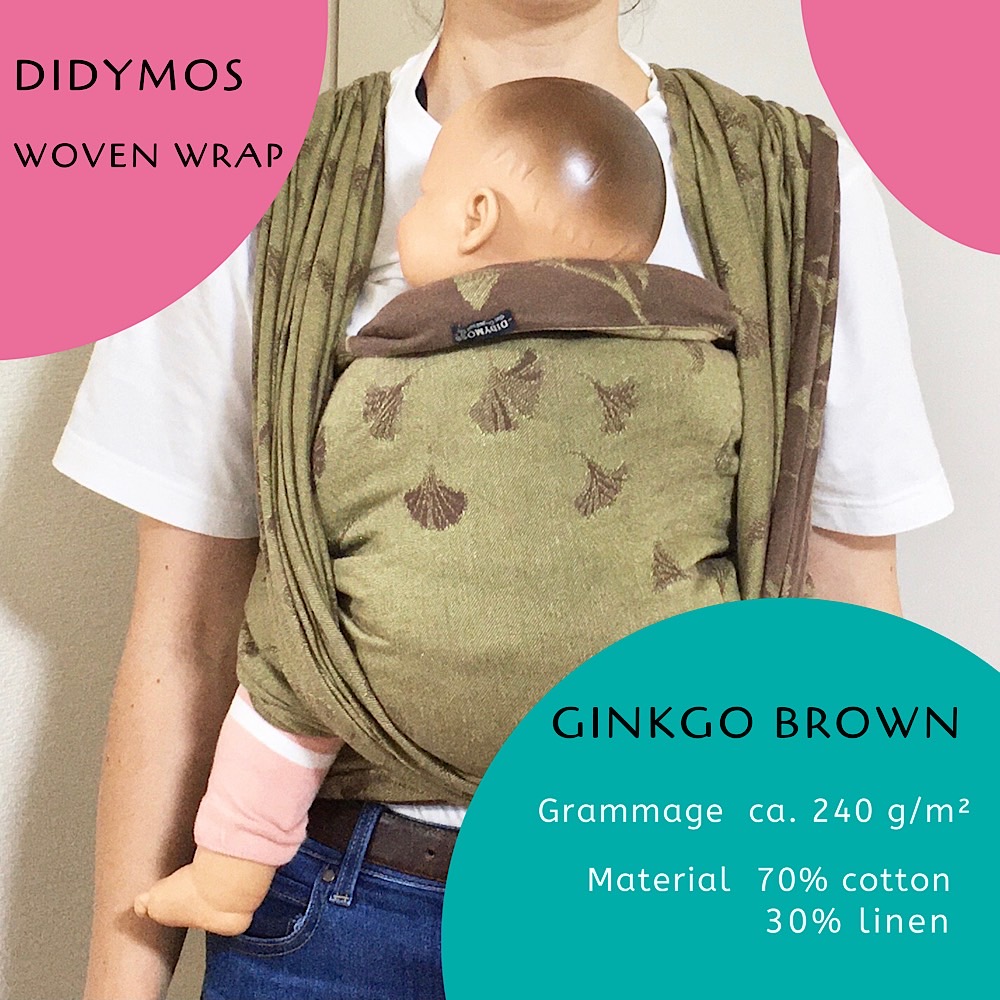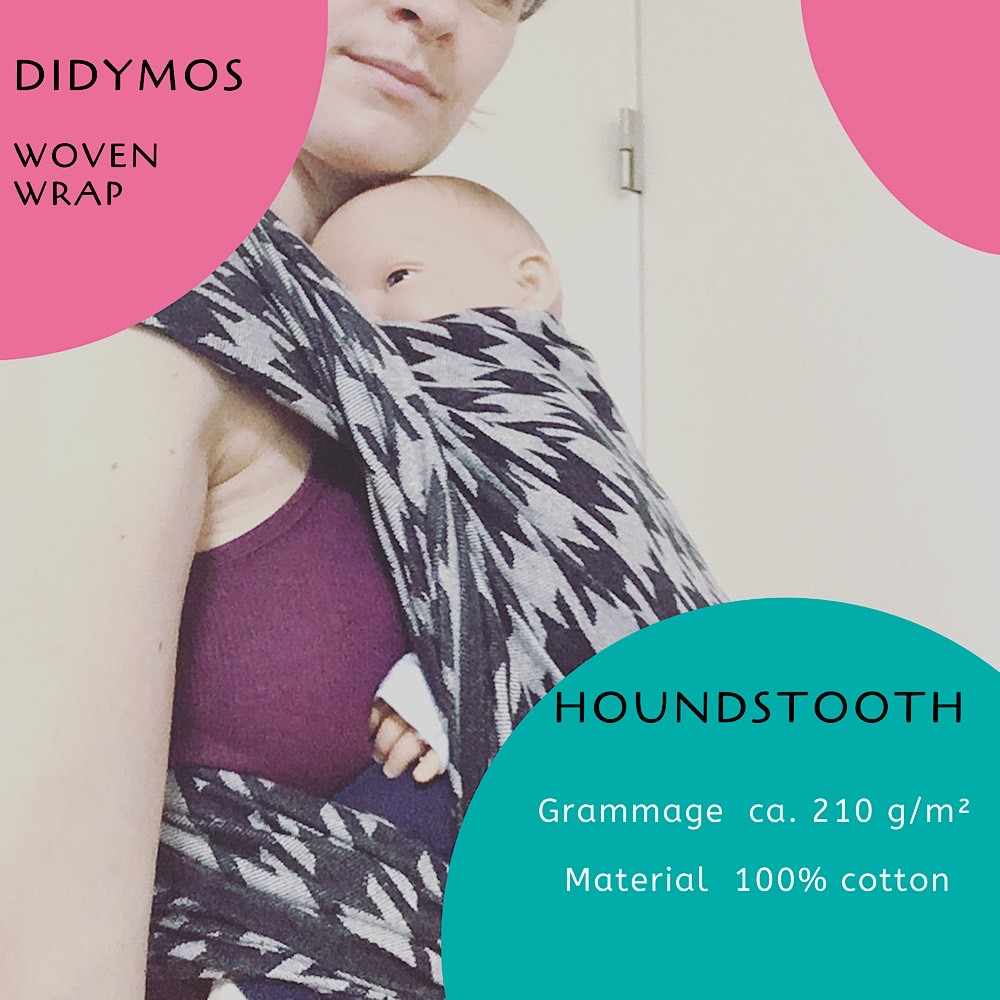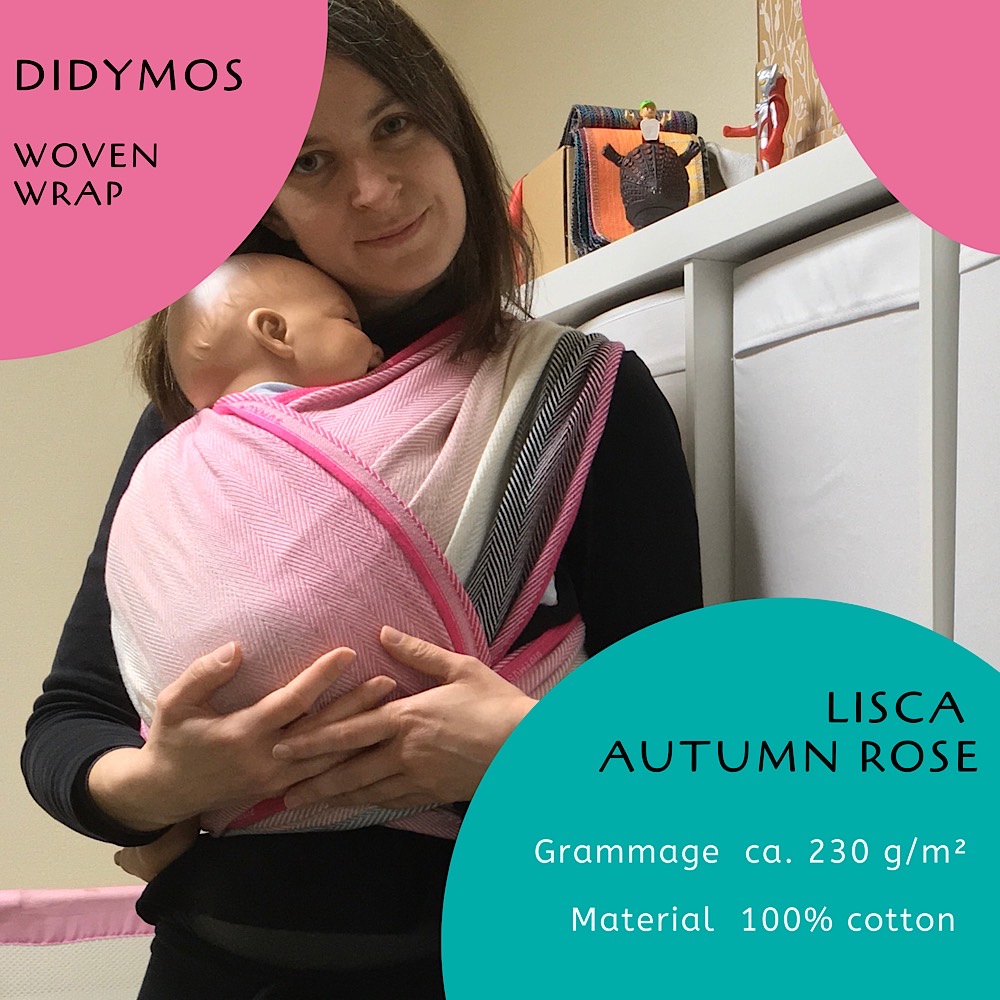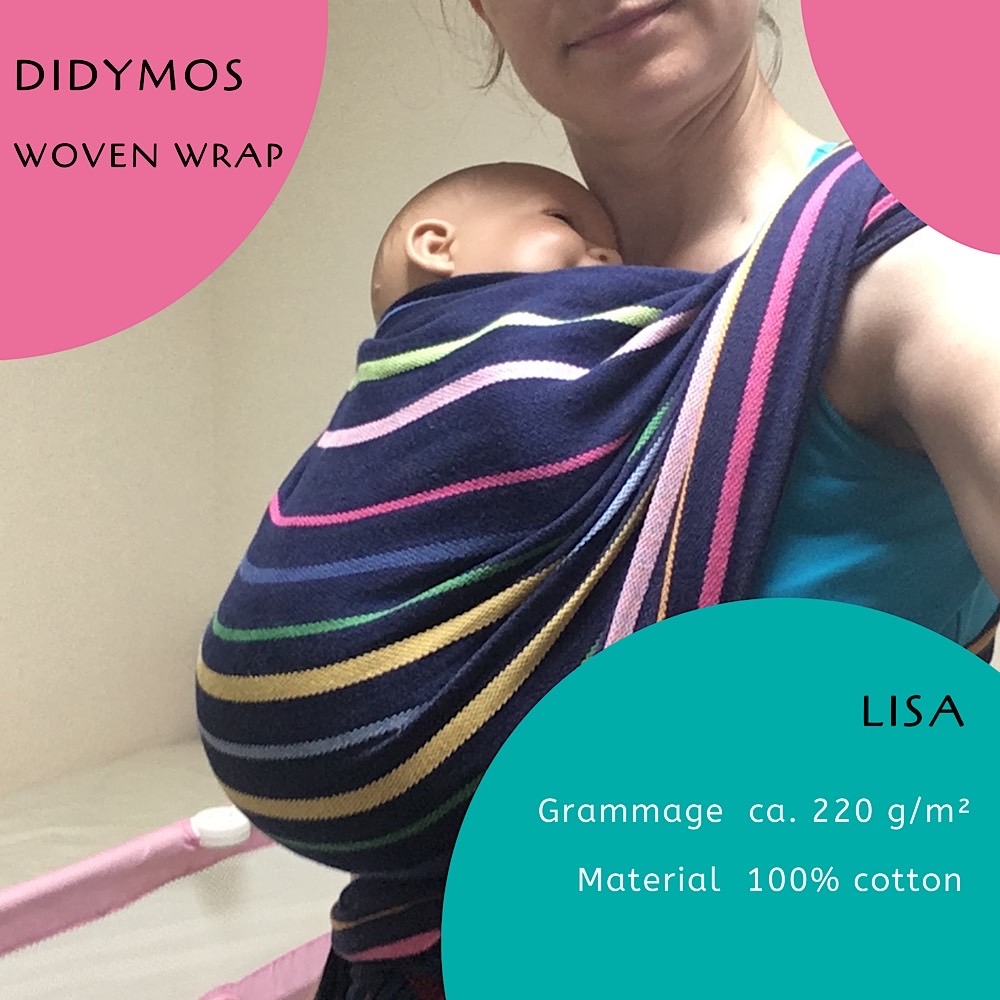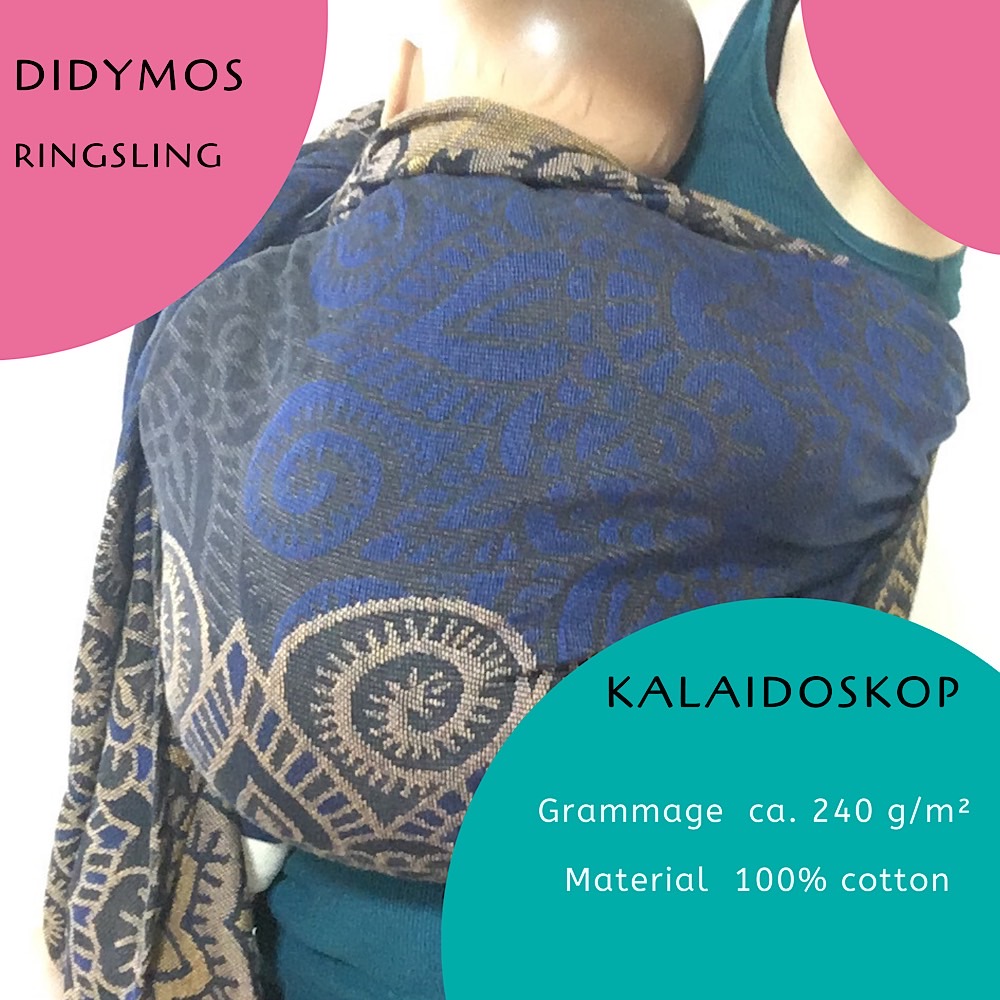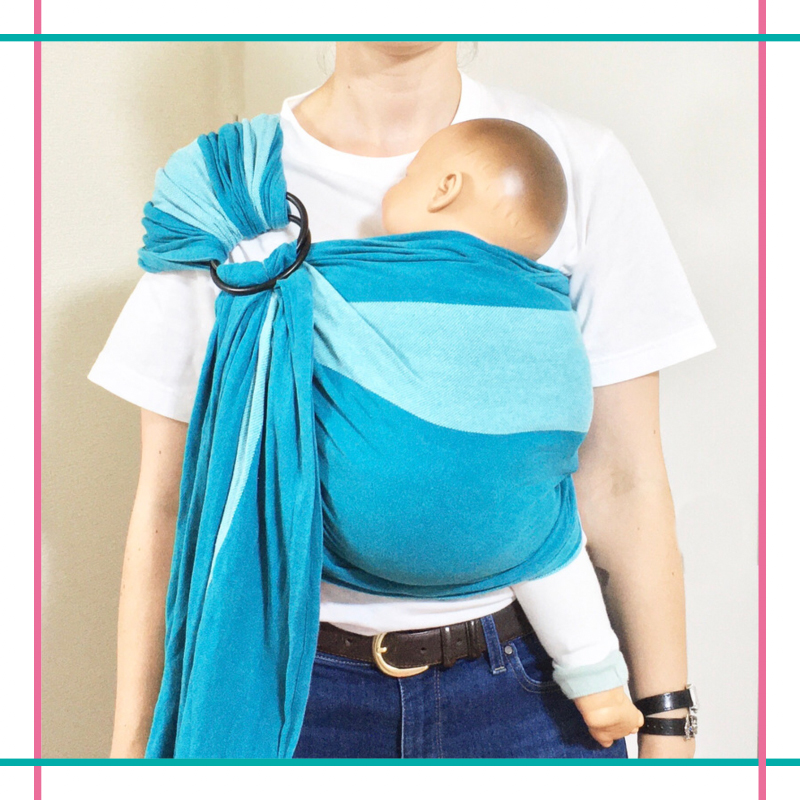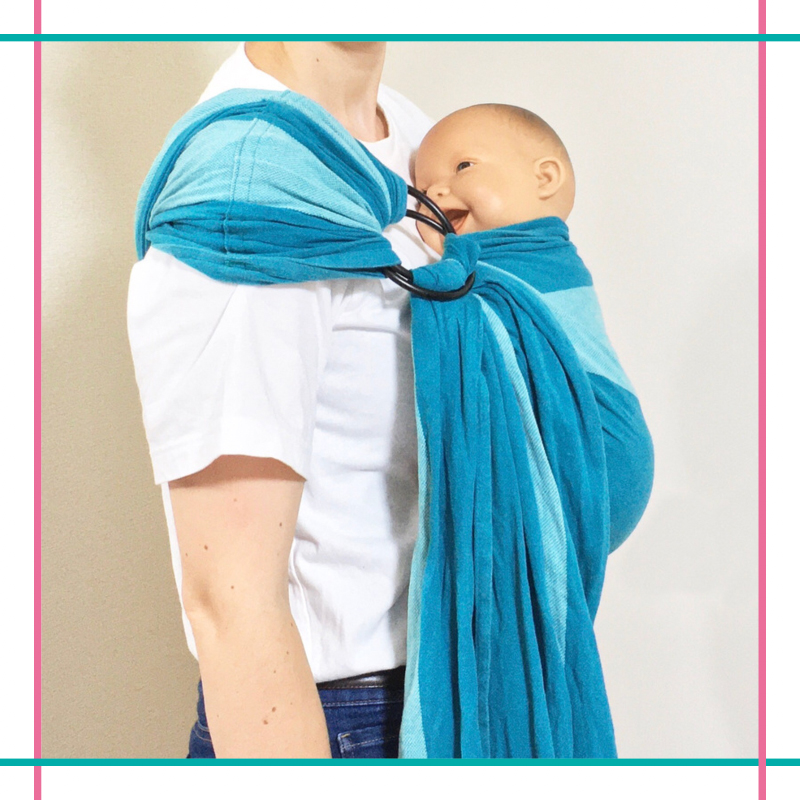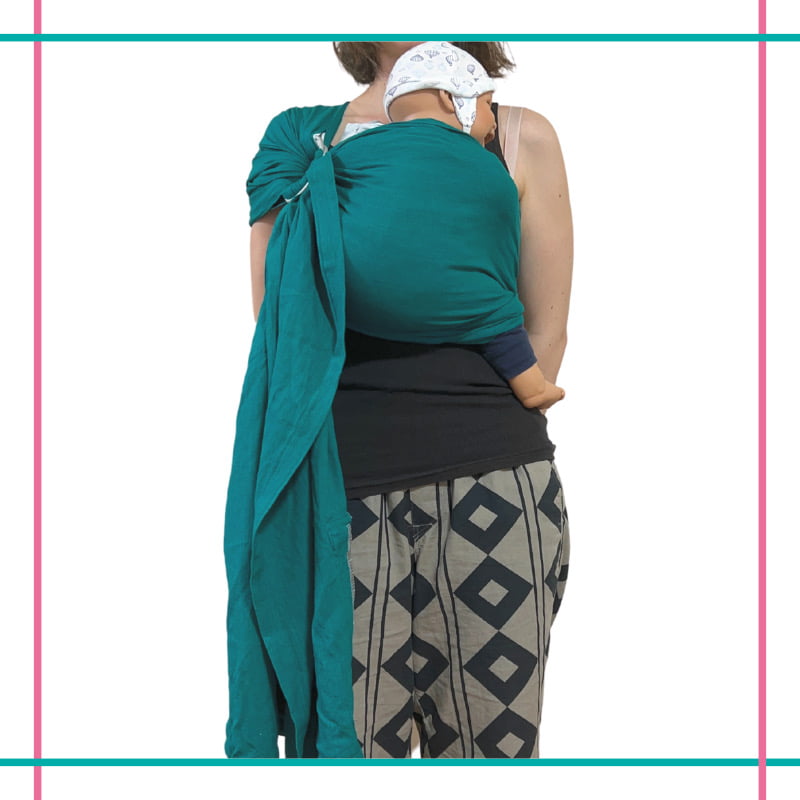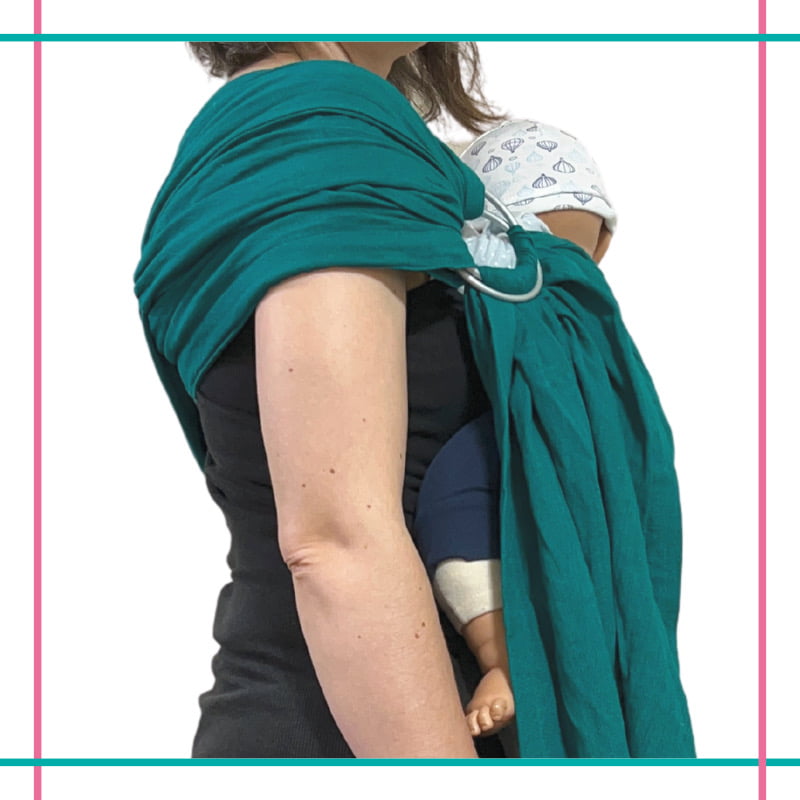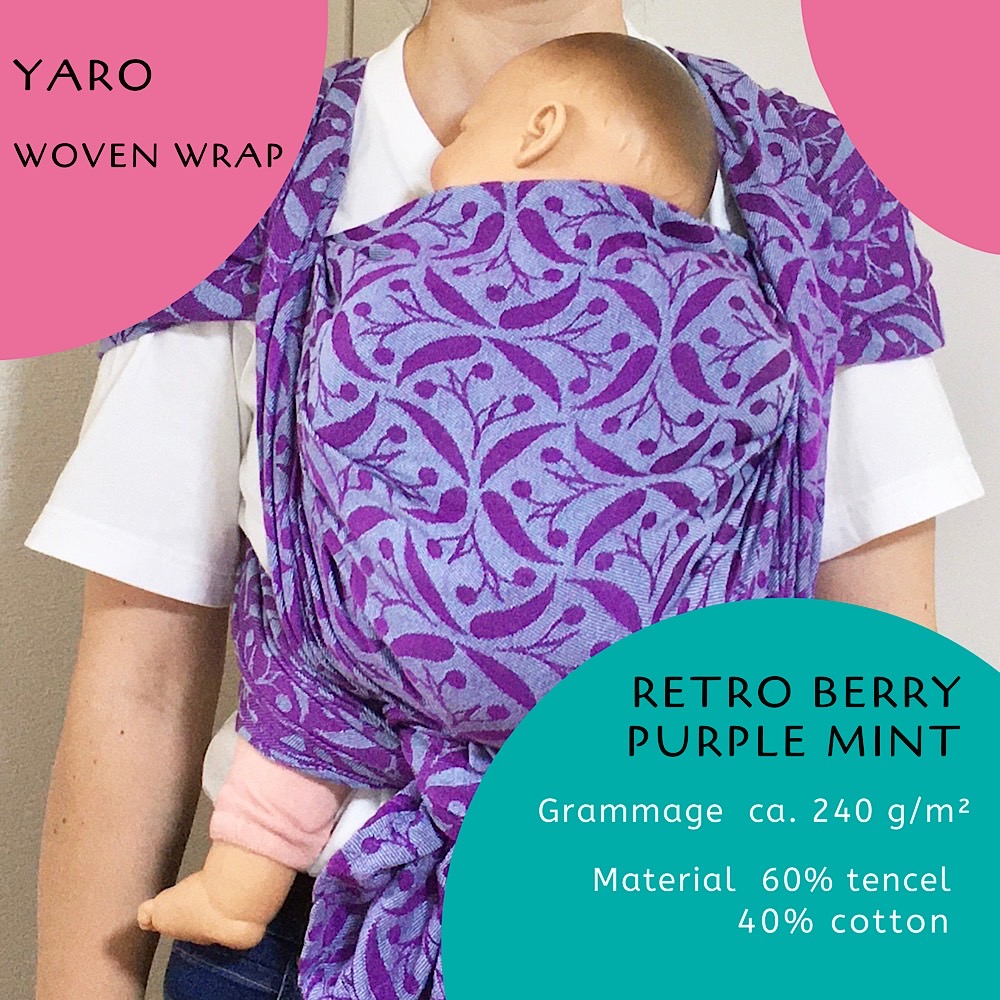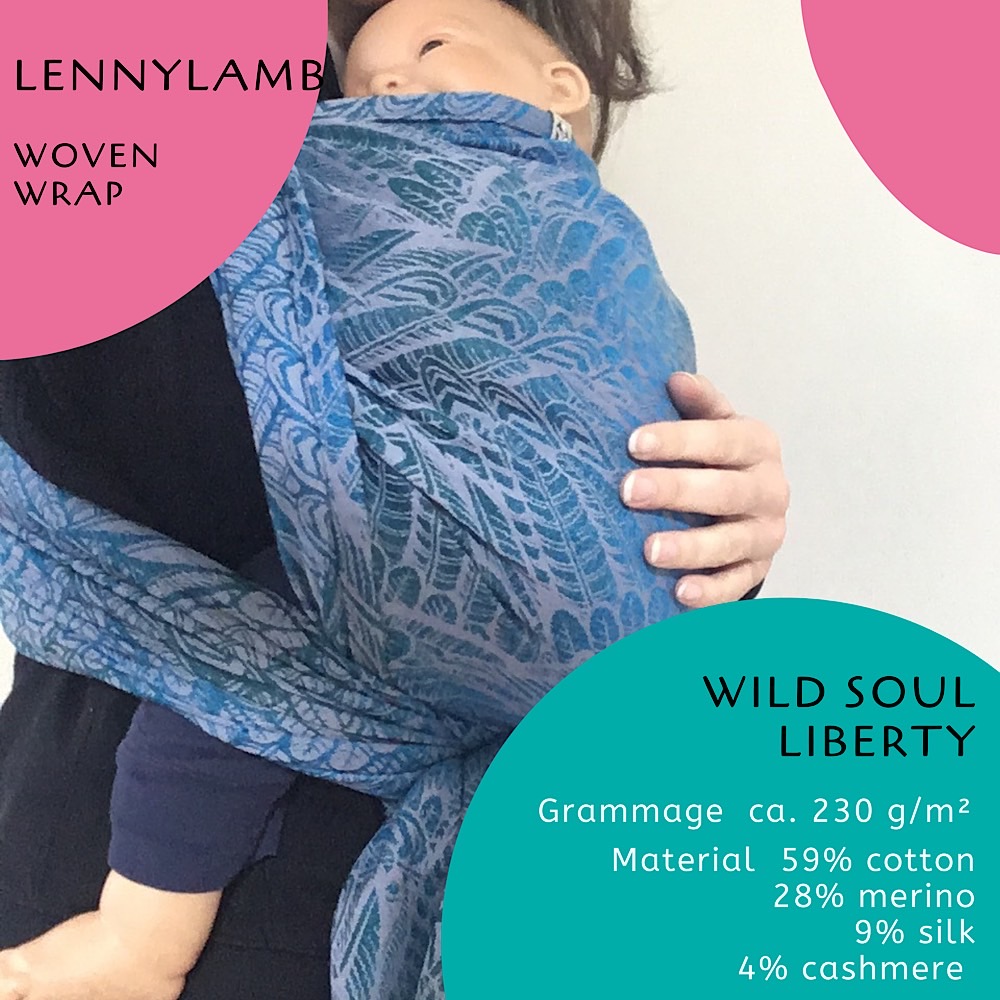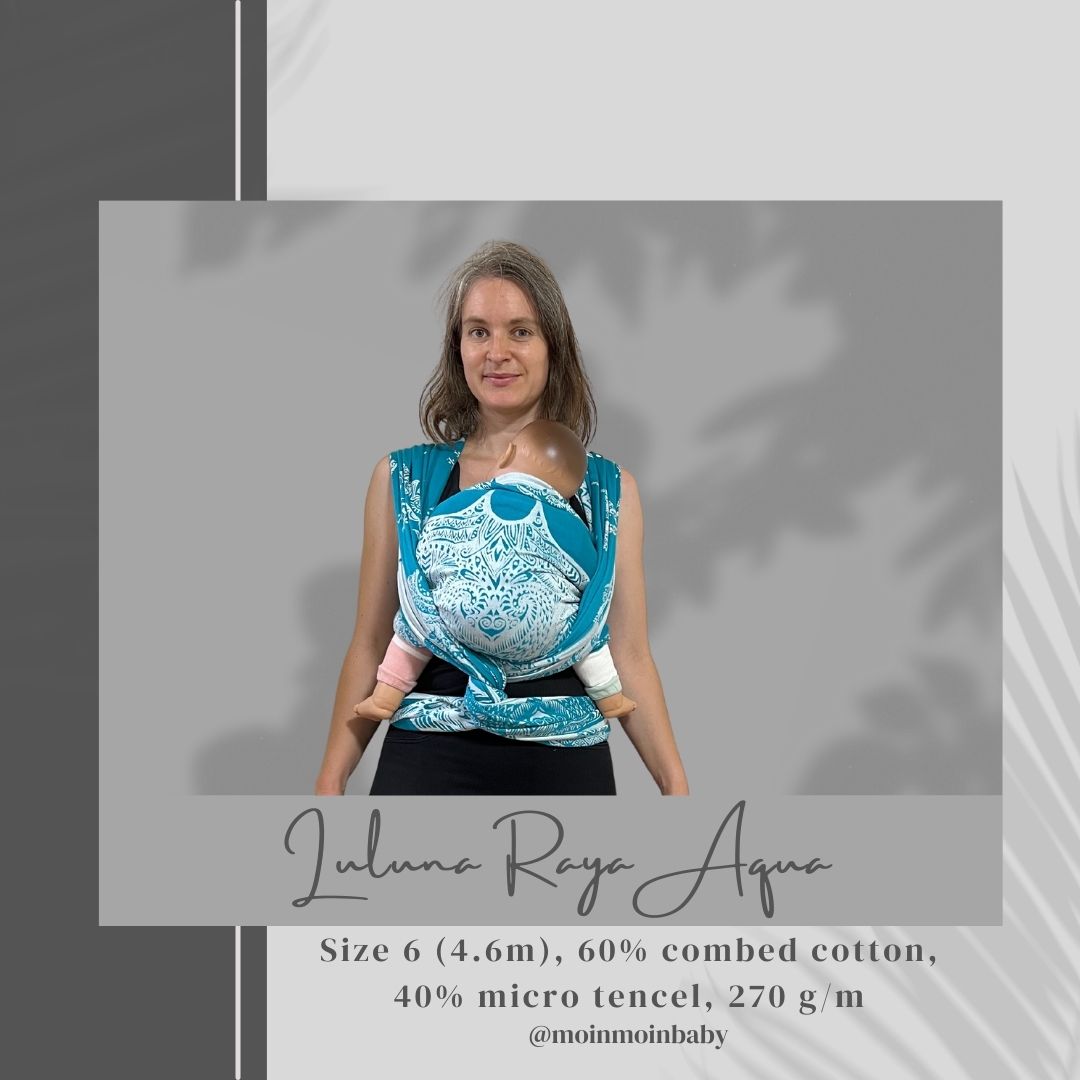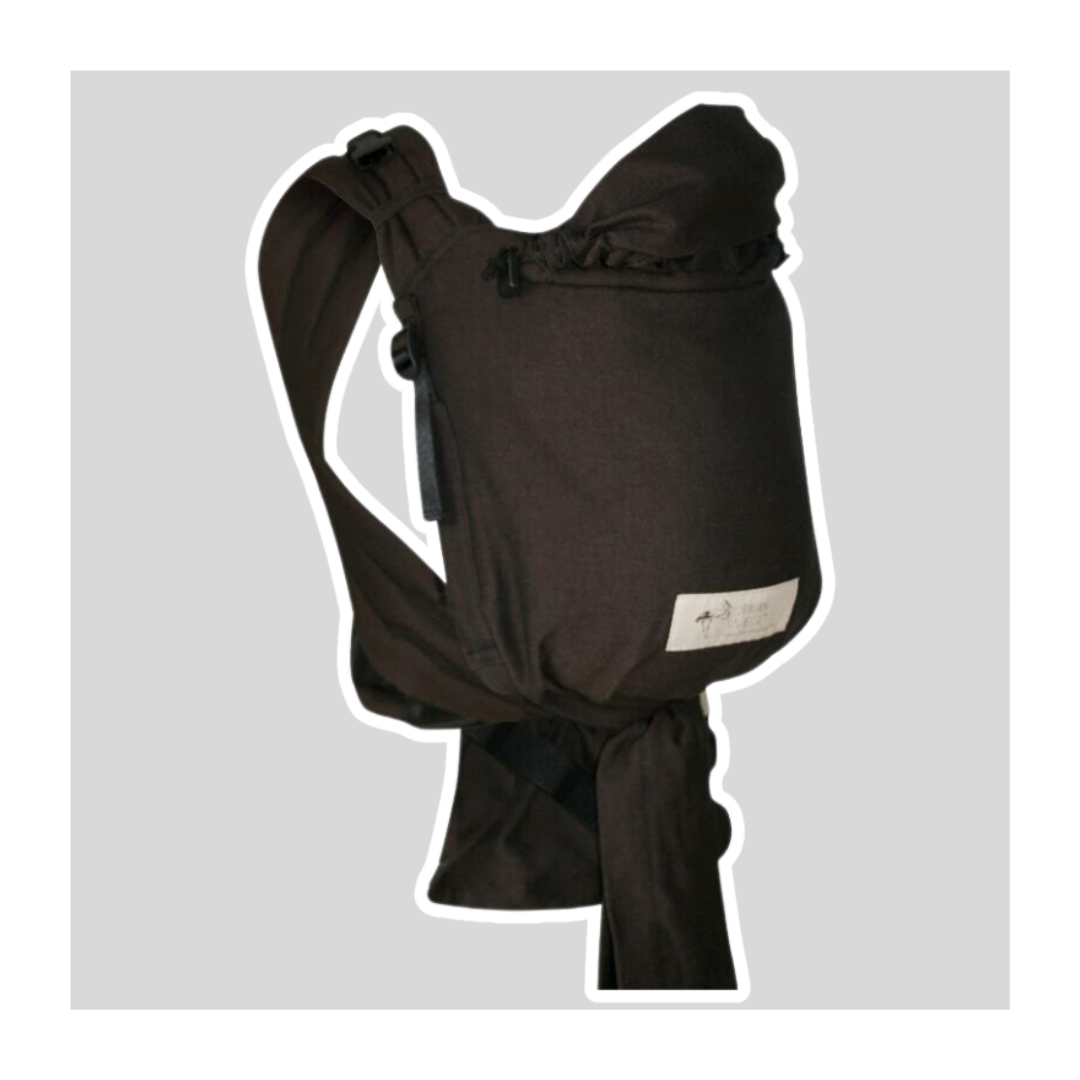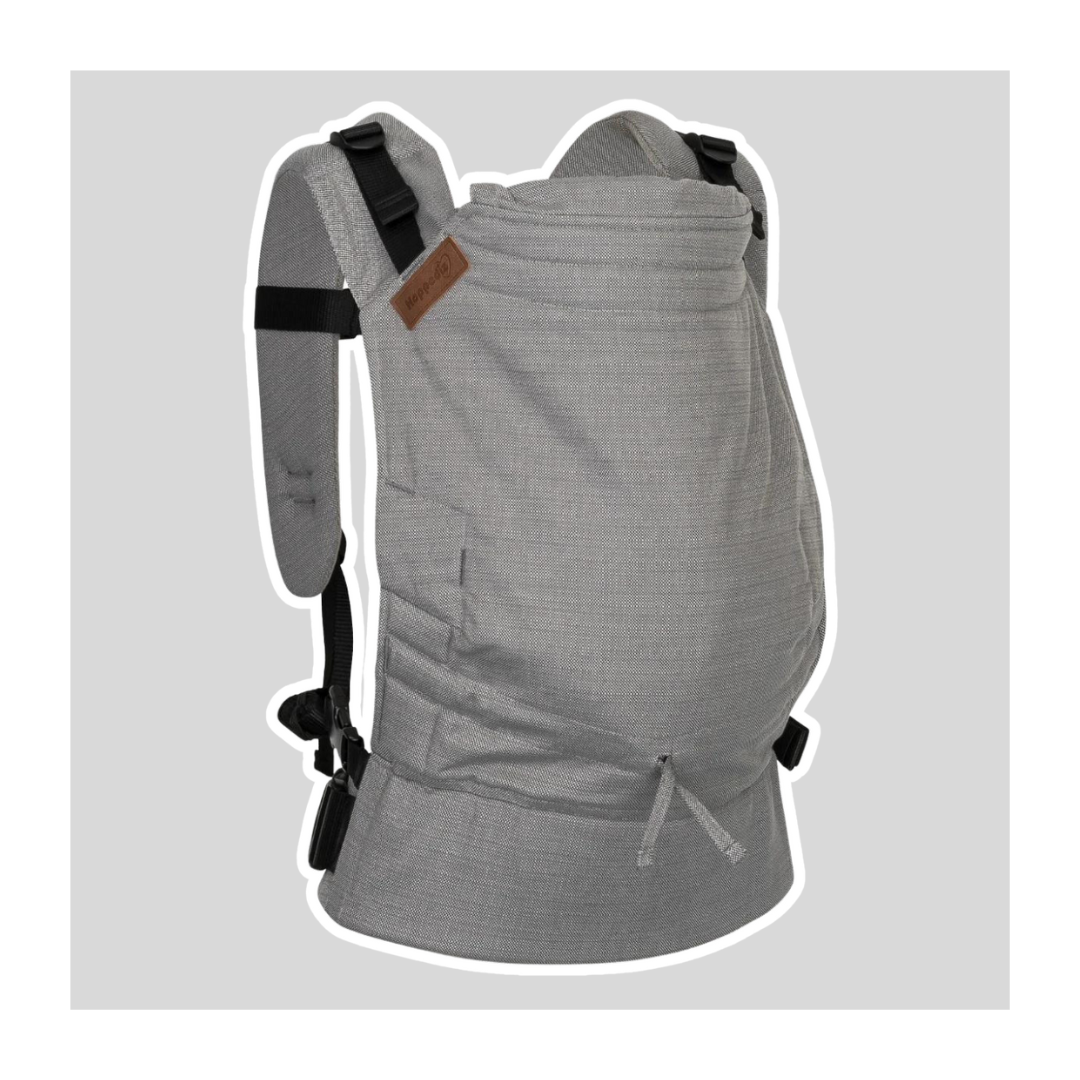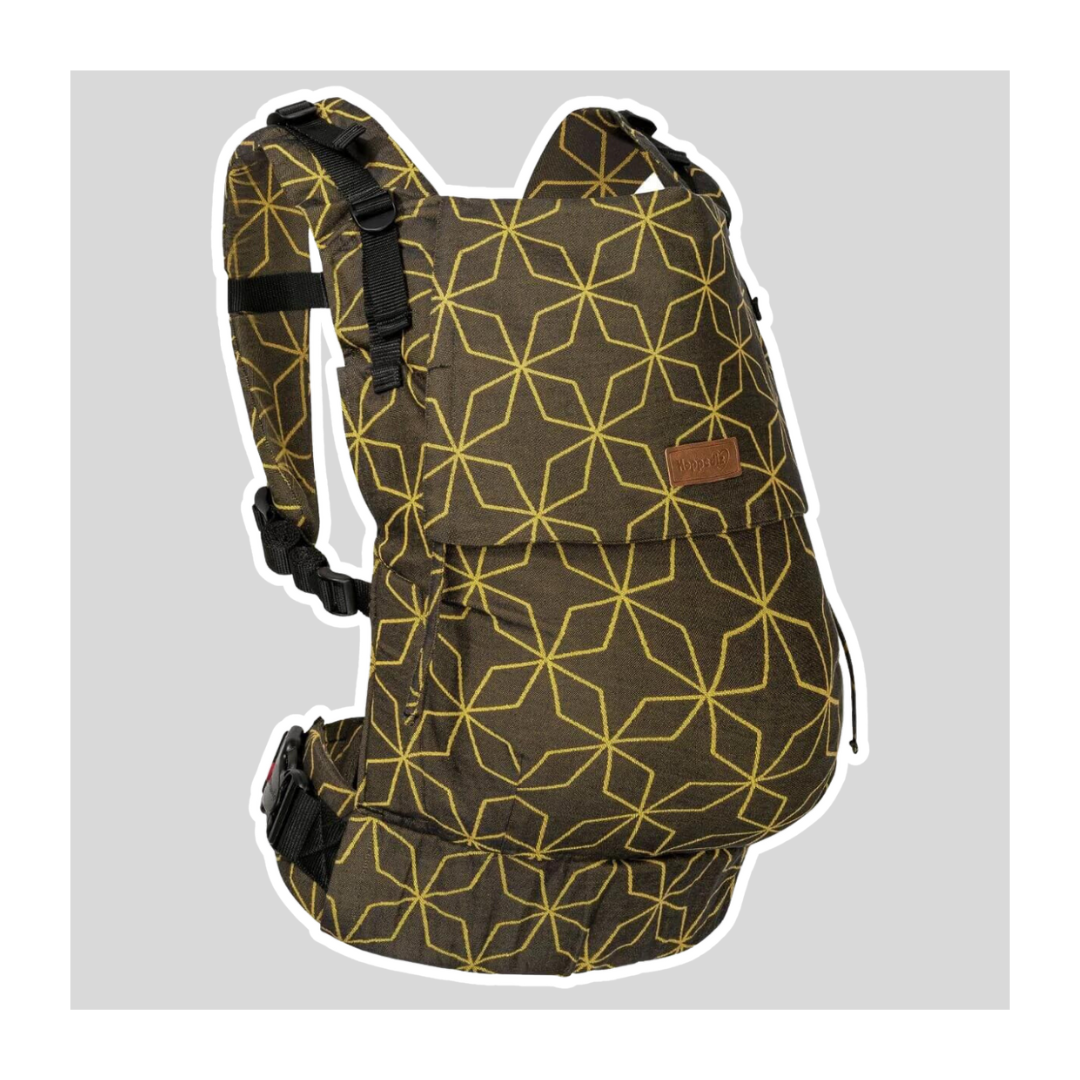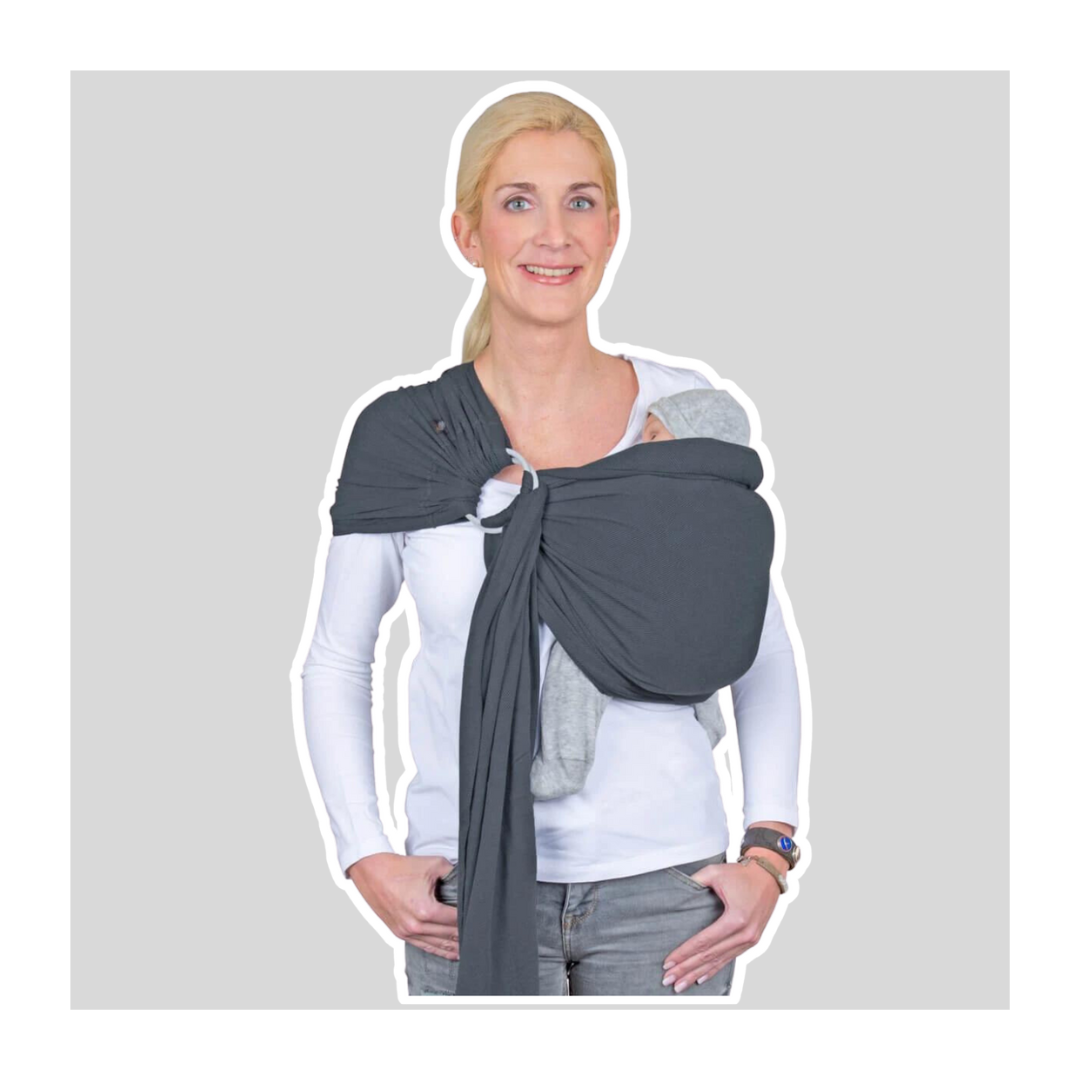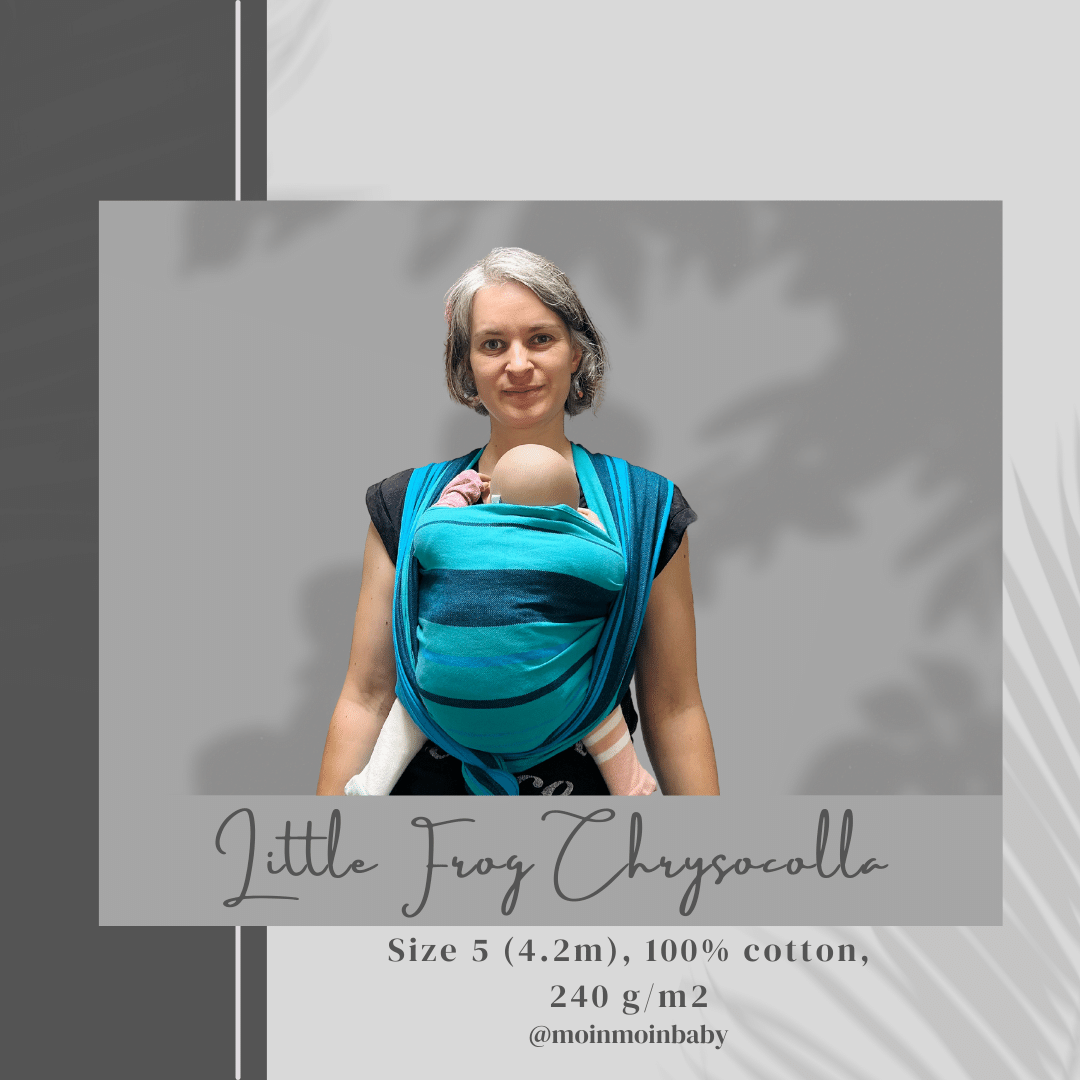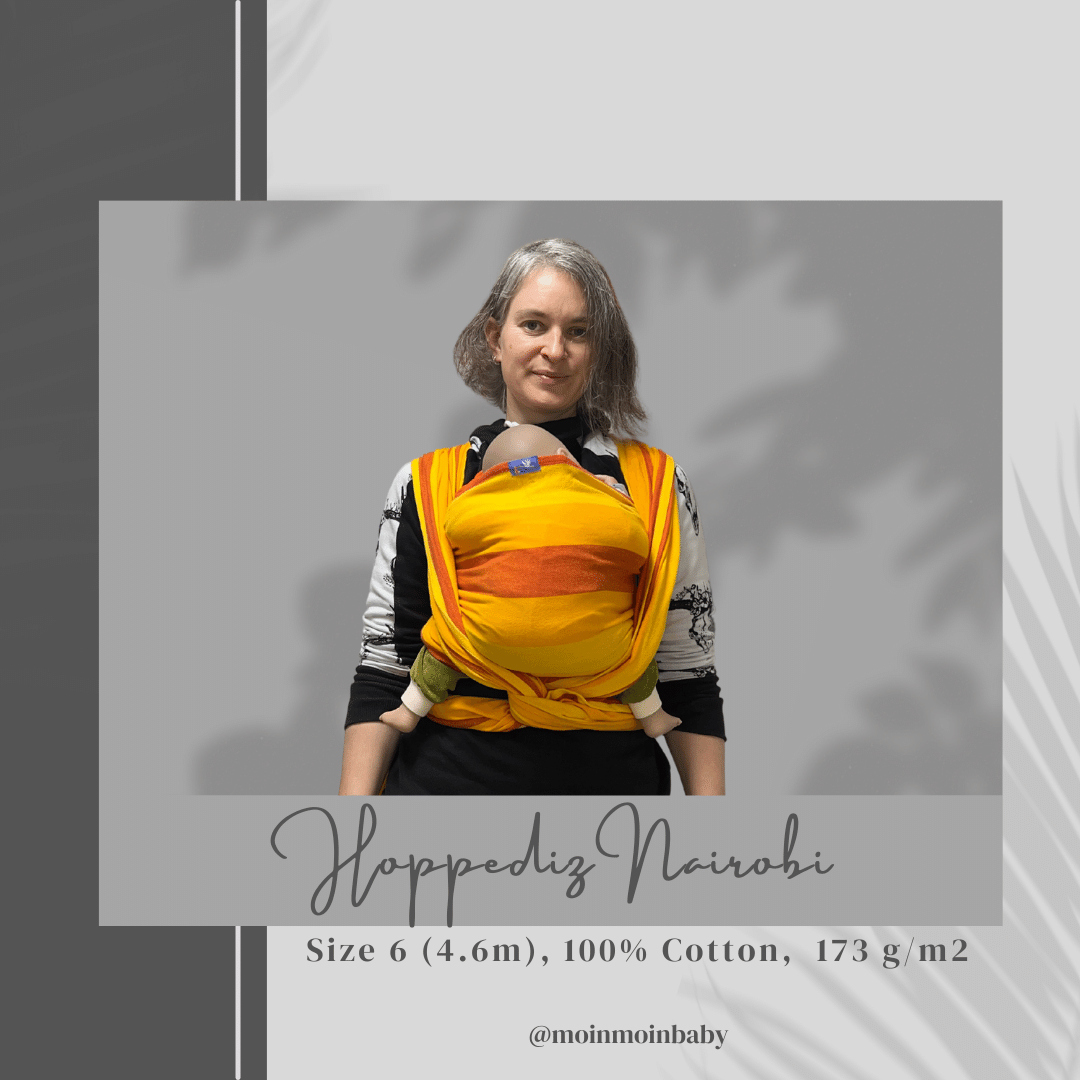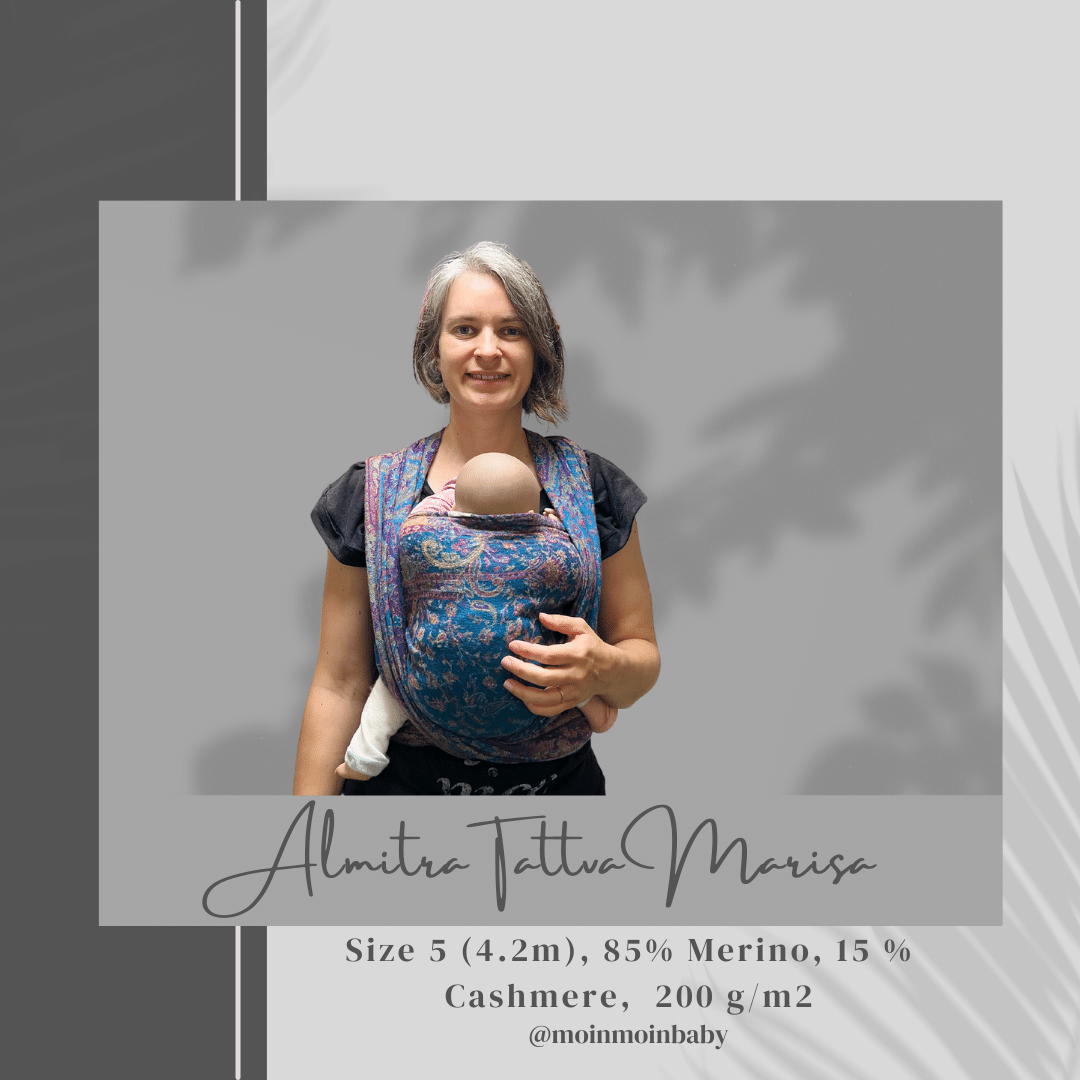Is your baby crying in the carrier? Do you worry they hate it? But you still want to use it—for the benefits of babywearing, or just to have your hands free. Let’s look at what’s normal for human infants to help figure out why your baby might be upset in the carrier.
 Human infants are natural “clingers,” like other mammals that cling to caregivers. For example, koalas (passive clingers) and monkeys (active clingers) use their hands to hold on and be carried. These instincts support both safety and development. Humans, as active clingers, naturally want to be carried.
If your baby is crying only in the carrier but likes being held in your arms, it doesn’t necessarily mean they dislike being carried. Let’s explore why your baby might be crying in the carrier and how to help.
Human infants are natural “clingers,” like other mammals that cling to caregivers. For example, koalas (passive clingers) and monkeys (active clingers) use their hands to hold on and be carried. These instincts support both safety and development. Humans, as active clingers, naturally want to be carried.
If your baby is crying only in the carrier but likes being held in your arms, it doesn’t necessarily mean they dislike being carried. Let’s explore why your baby might be crying in the carrier and how to help.
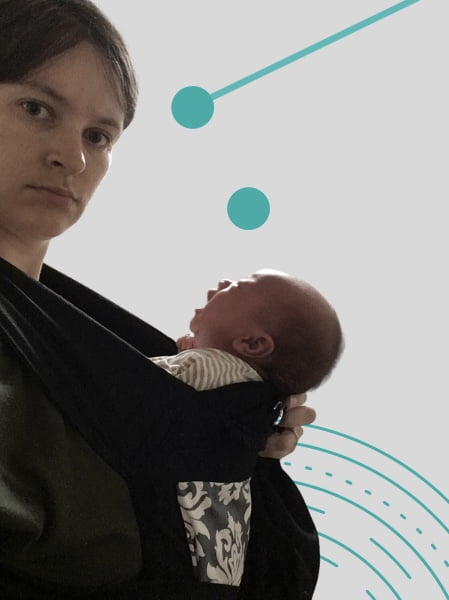 Babywearing takes practice—it’s not a skill we all have naturally. With time, though, it gets easier and more comfortable.
If you’re already comfortable with babywearing but your baby is still crying, it may be due to other reasons.
Babywearing takes practice—it’s not a skill we all have naturally. With time, though, it gets easier and more comfortable.
If you’re already comfortable with babywearing but your baby is still crying, it may be due to other reasons.
Sometimes, a baby just doesn’t like a specific carrier or isn’t positioned comfortably in it. Trying different carriers or making small adjustments can make a big difference.
Understanding Human Infant Needs
 Human infants are natural “clingers,” like other mammals that cling to caregivers. For example, koalas (passive clingers) and monkeys (active clingers) use their hands to hold on and be carried. These instincts support both safety and development. Humans, as active clingers, naturally want to be carried.
If your baby is crying only in the carrier but likes being held in your arms, it doesn’t necessarily mean they dislike being carried. Let’s explore why your baby might be crying in the carrier and how to help.
Human infants are natural “clingers,” like other mammals that cling to caregivers. For example, koalas (passive clingers) and monkeys (active clingers) use their hands to hold on and be carried. These instincts support both safety and development. Humans, as active clingers, naturally want to be carried.
If your baby is crying only in the carrier but likes being held in your arms, it doesn’t necessarily mean they dislike being carried. Let’s explore why your baby might be crying in the carrier and how to help.
Basic Needs
Sometimes, your baby’s basic needs are causing the discomfort. They might have a full diaper, need to poop or pee, be hungry, or be overly tired. Try these steps before using the carrier:- Let your baby relieve themselves, and change the diaper even if it’s not full.
- Feed your baby and wait a few minutes. A full tummy in the carrier can sometimes lead to a milk spill.
- Try putting your baby in the carrier before they get too tired.
Sensing insecurities
If your baby’s needs are met but they’re still crying, they might be sensing your own insecurities. Babies are highly sensitive to caregivers’ feelings. If you’re new to babywearing and feel unsure, they can pick up on that. Practicing with a stuffed toy or a bag of flour can help you feel more comfortable and remember the steps. Try putting on the carrier and then immediately start moving, like going for a walk. Often, the motion will calm both of you, and your baby will settle down.Carrying Requires Practice
 Babywearing takes practice—it’s not a skill we all have naturally. With time, though, it gets easier and more comfortable.
If you’re already comfortable with babywearing but your baby is still crying, it may be due to other reasons.
Babywearing takes practice—it’s not a skill we all have naturally. With time, though, it gets easier and more comfortable.
If you’re already comfortable with babywearing but your baby is still crying, it may be due to other reasons.
Check for Physical Discomfort
Sometimes, a baby’s clothes can cause discomfort. It could be a diaper that’s too small, too many layers making them hot, or certain materials or smells (detergent) that feel unpleasant. If you’re using a onesie with feet, make sure it’s a size up for extra legroom. I offer a mini-course on babywearing (and dressing your baby) for different seasons. You can find it on my courses platform at courses.moinmoinbaby.com.Bonding without the Carrier
If you enjoy plenty of skin-to-skin contact throughout the day and find a stroller works well for outings, it’s completely fine to decide not to use a carrier. While babywearing has many benefits, it’s not required for a strong bond between baby and caregiver. After clarifying this, we can get to the more annoying reasons why your baby cries in the carrier.. Annoying because you need to put more work and money into these..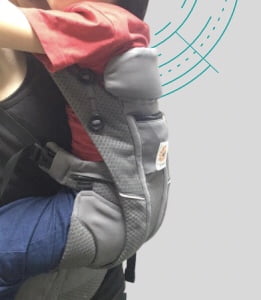 When the Carrier Itself Is the Issue
When the Carrier Itself Is the Issue
Sometimes, a baby just doesn’t like a specific carrier or isn’t positioned comfortably in it. Trying different carriers or making small adjustments can make a big difference.
Consider Seeing an Osteopath
Many babies (and mothers) suffer blockages after birth. This is a term from osteopathy. If you are from France (or Germany/Switzerland) you will probably heard of this. In other countries it’s not much of a thing but it can really help! In some cases, babies may experience discomfort after birth due to muscle tension or “blockages” (a term often used in osteopathy). For example, neck tension can make a baby uncomfortable in a carrier that puts pressure on this area. In certain cases, an osteopath can help relieve this discomfort. The Bondolino carrier by Hoppediz is known to work well for sensitive babies. Please be aware that Osteopathy is seen as alternative healing method. While there are studies that show that there can be an effect, the effect is often seen as short-lasting. What makes Osteopathy so popular is the effect that the osteopaths actually taking time for you and working on you longer than any doctor which makes you seen and heard. If you’d like recommendations for osteopaths in Tokyo, feel free to reach out!Birth Trauma or Developmental Differences
The last things to mention, and the hardest to solve, are the birth trauma or developmental disorders like autism. Some babies won’t tolerate anything wrapped around them when they had a traumatic birth experience. This can, for example, be something like being stuck for a long time in the birth channel with or without emergency c-section. If your baby also dislikes the swaddle or being hold very close and firm in arms, it can be a sign, but it don’t have to. There are ways to work on that. Get in touch if you experience this with your baby! Autistic children often (not always) also don’t like being close to anyone. Here, you will probably also have a baby who doesn’t like to be hugged, hold in arms, and so on.Processing Overwhelm
Sometimes, a baby just needs to cry and release emotions. The world is full of new experiences, and a baby’s brain isn’t yet able to process them all. Crying can be a way of releasing stress. If your baby is crying in the carrier or in your arms and nothing seems to help, stay with them, hold them, and reassure them. It’s completely normal and ok! Let me know in the comments if this article helped with your crying baby!Baby carrier baby carrier for newborn baby carrier test baby crying in carrier Baby is crying baby is crying in the carrier baby is crying in the sling babywearing beginners babywearing tips best baby sling best babycarrier crying baby ergobaby featuredpost fussy baby solutions infant care tips Stretchy wrap




